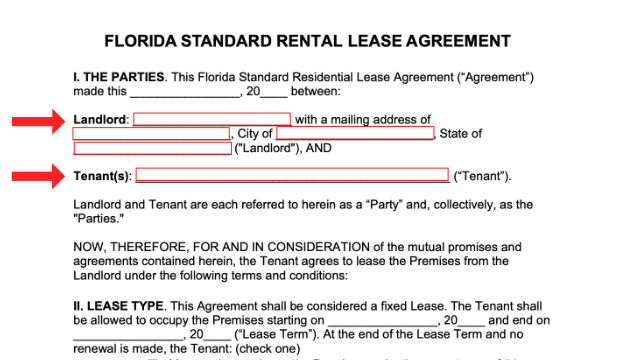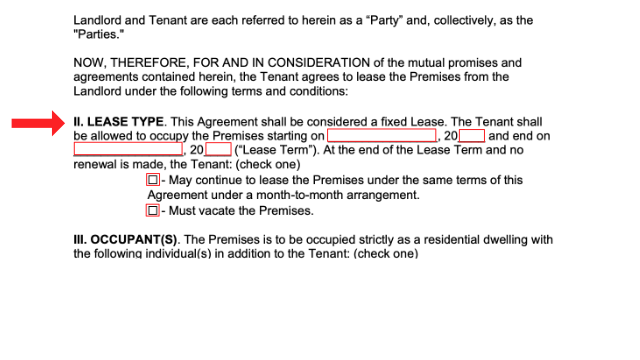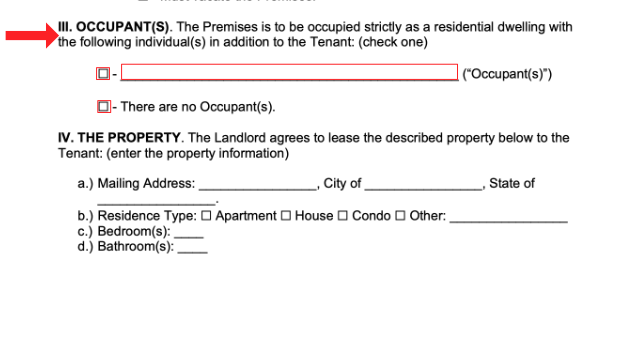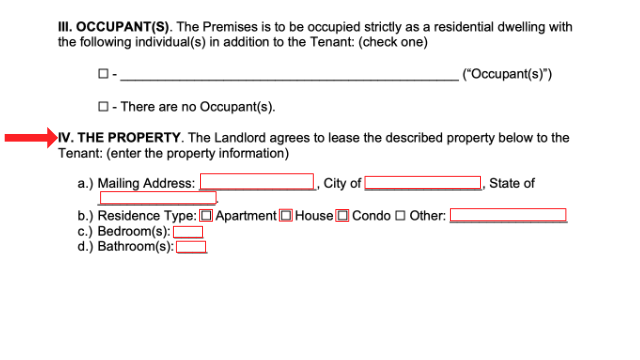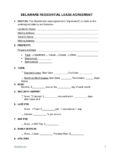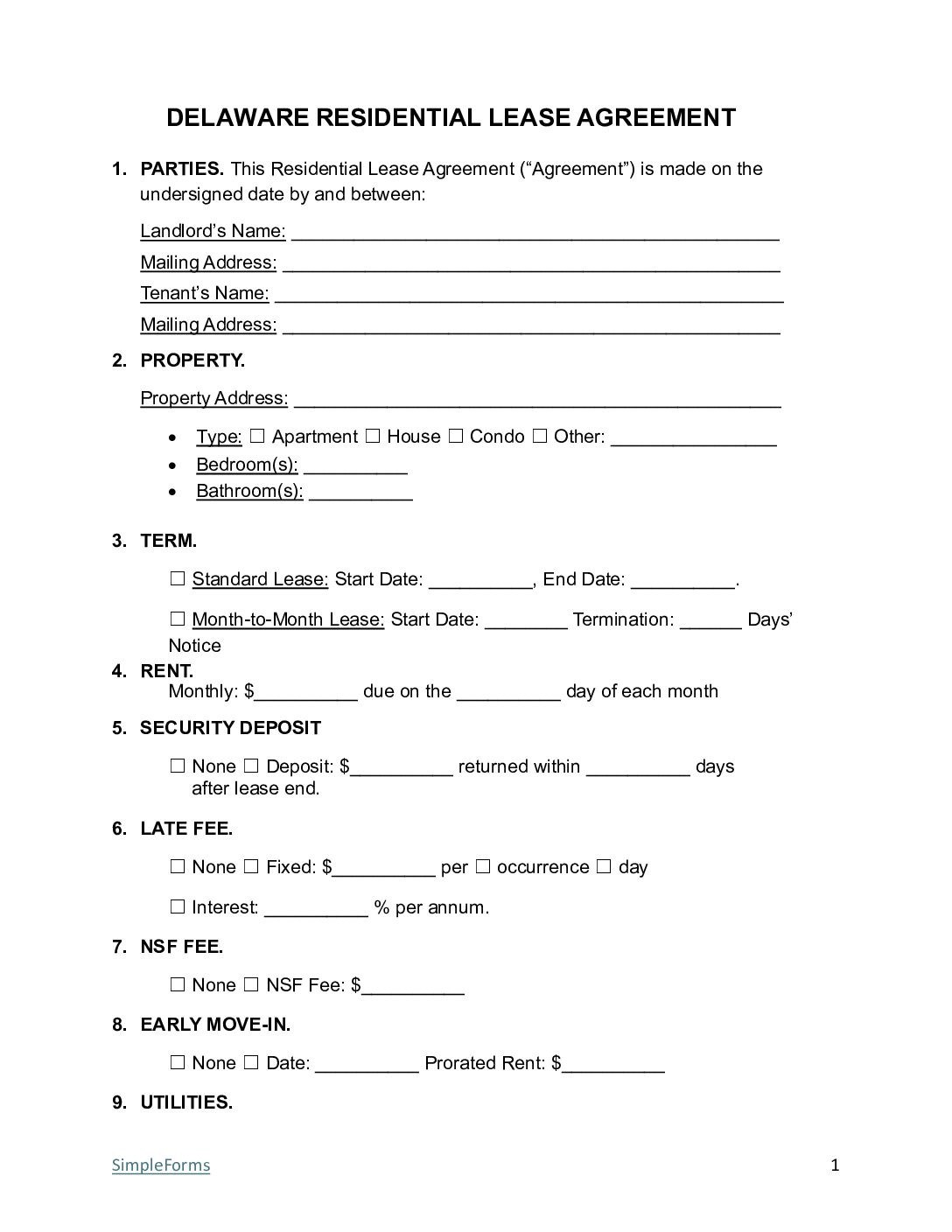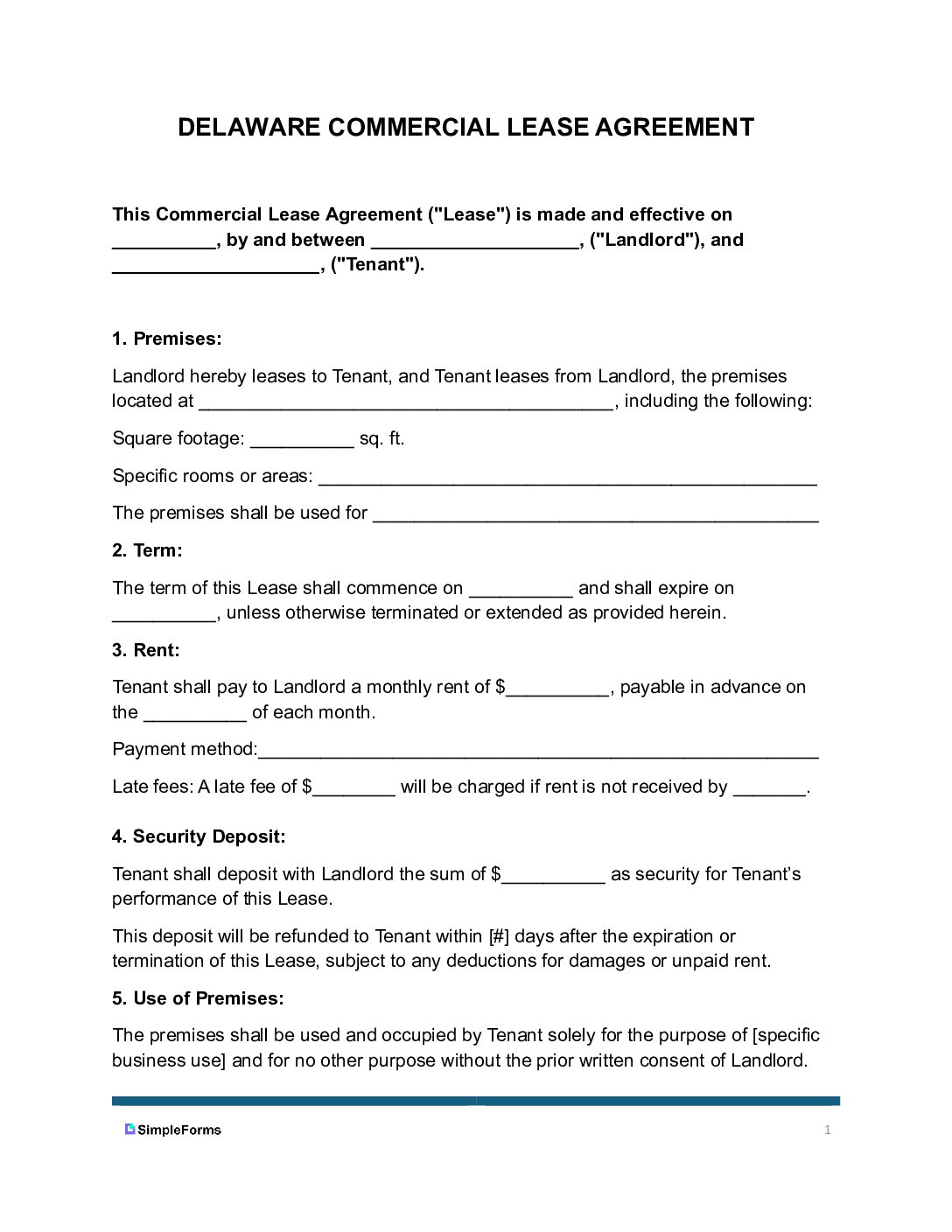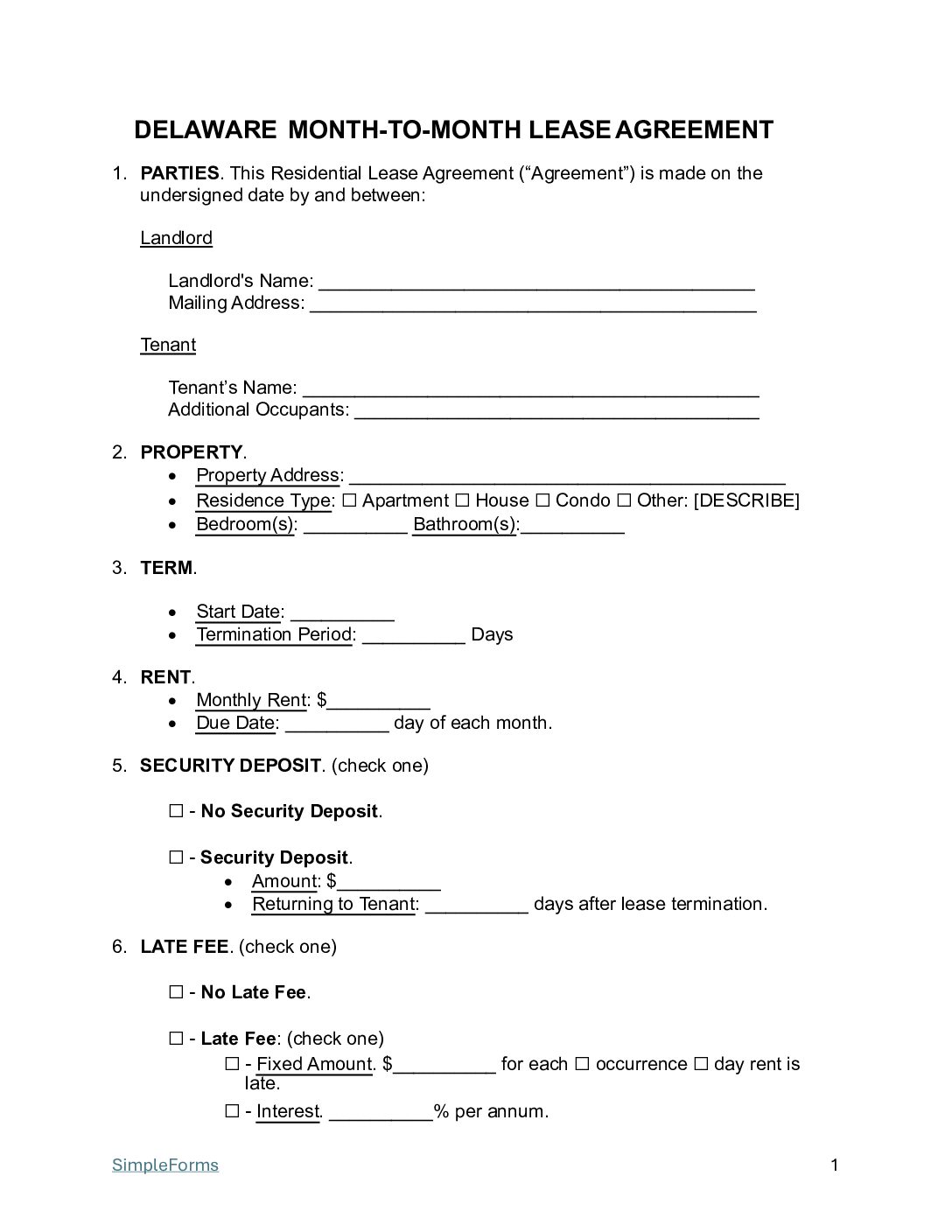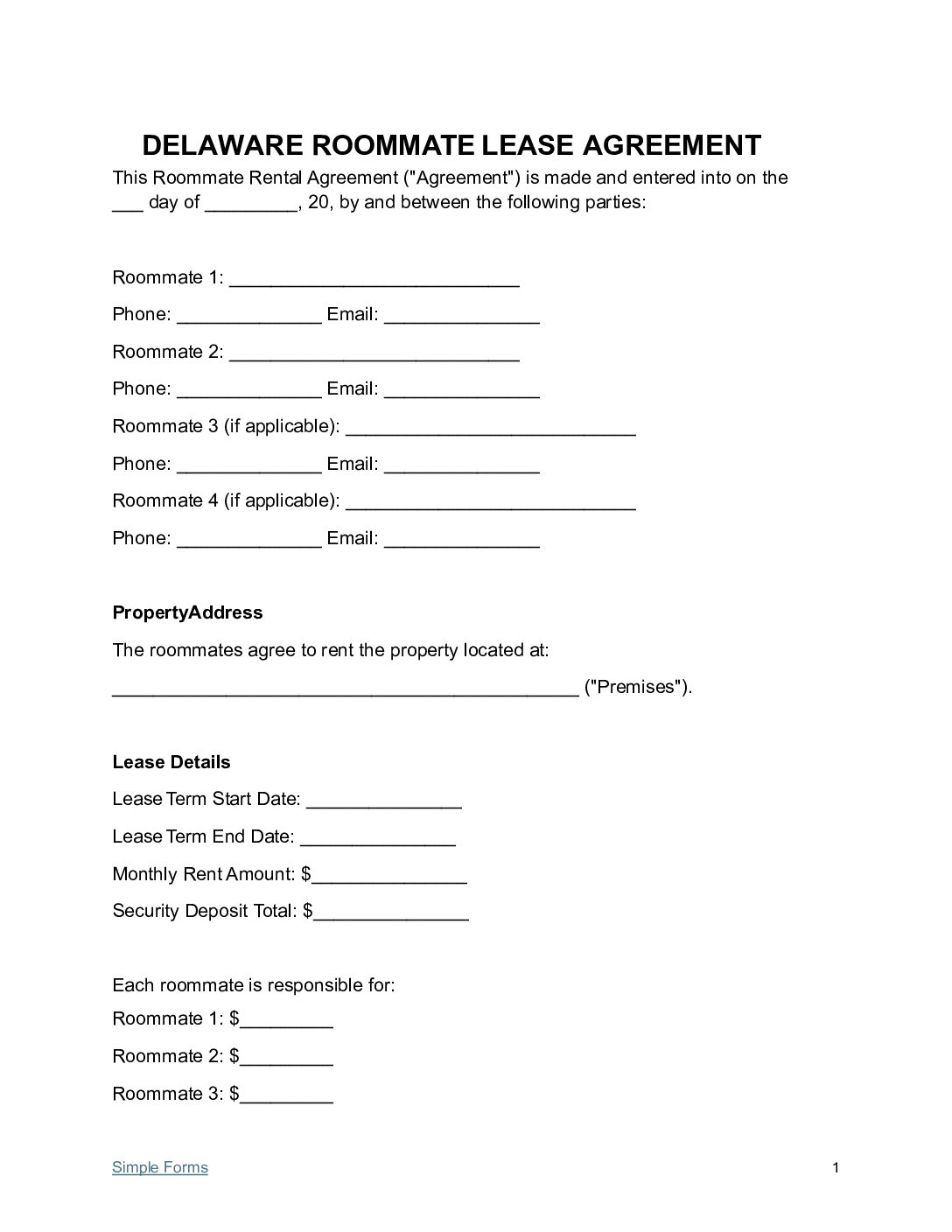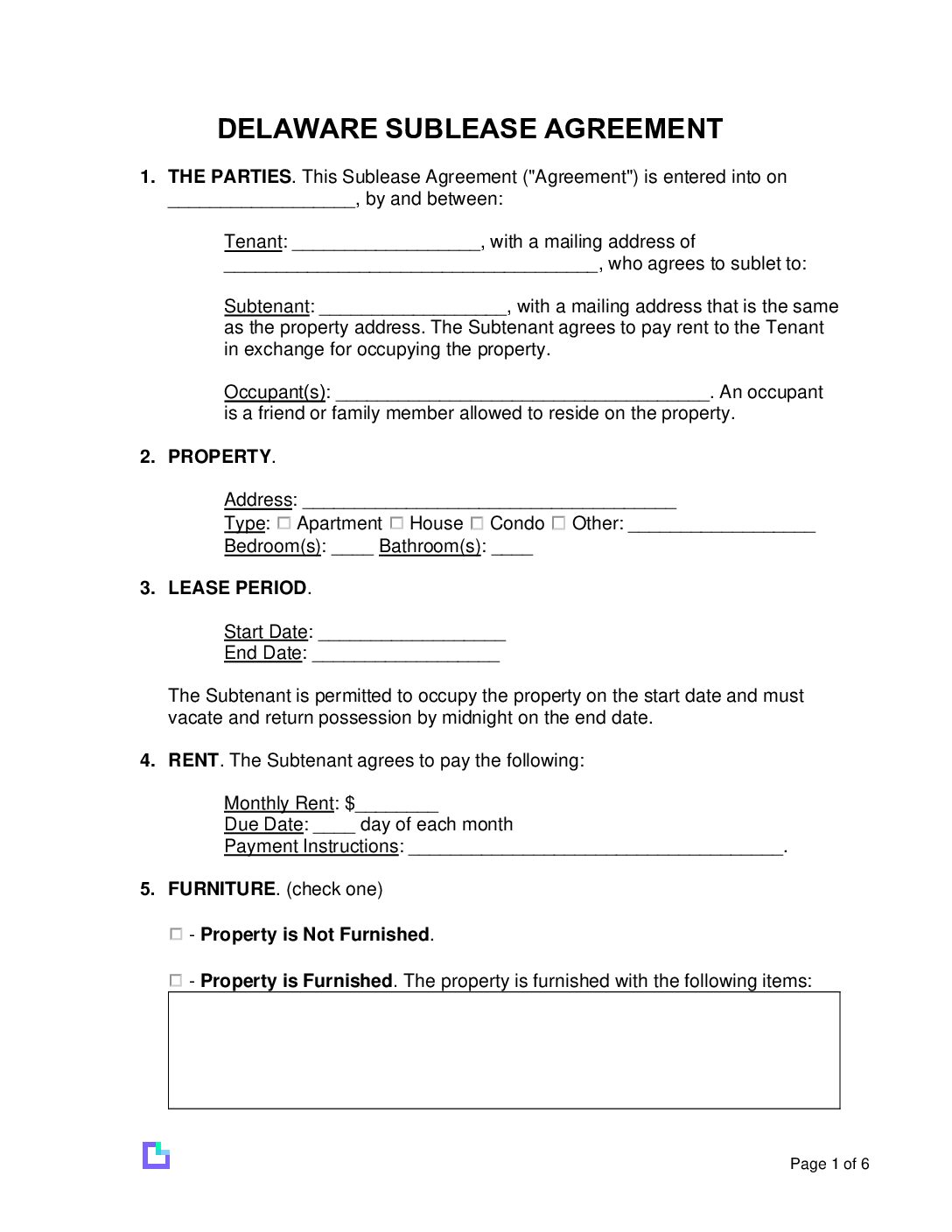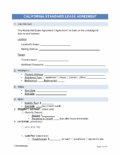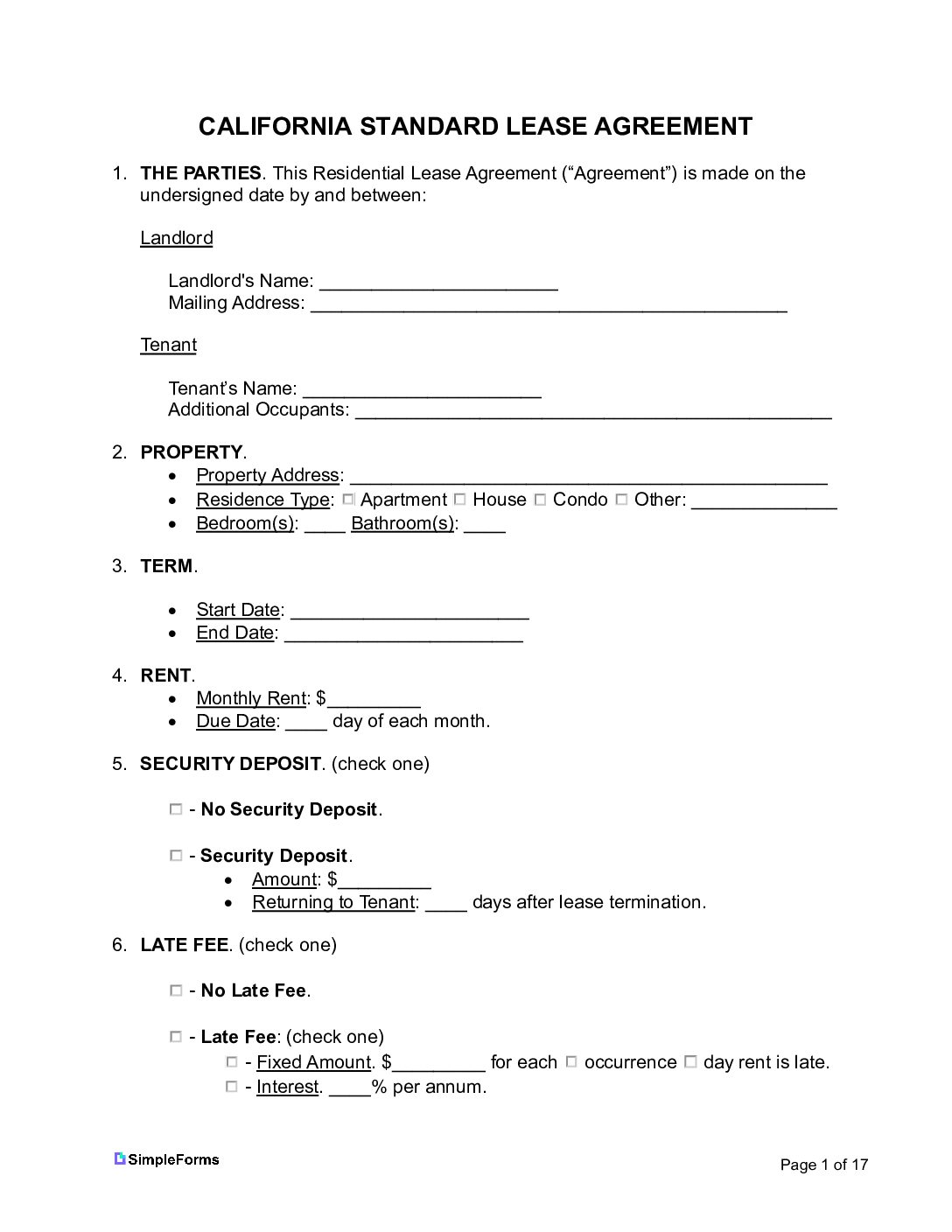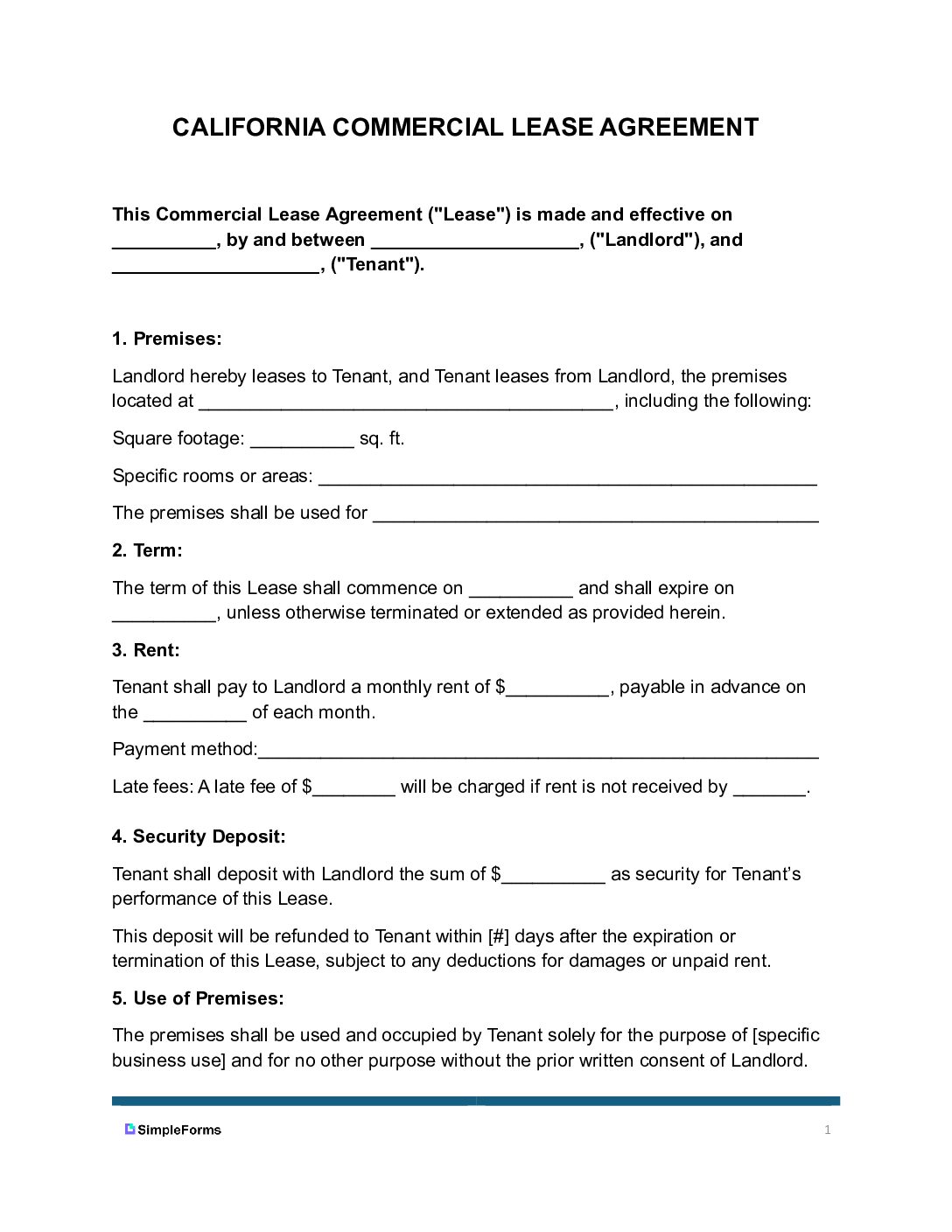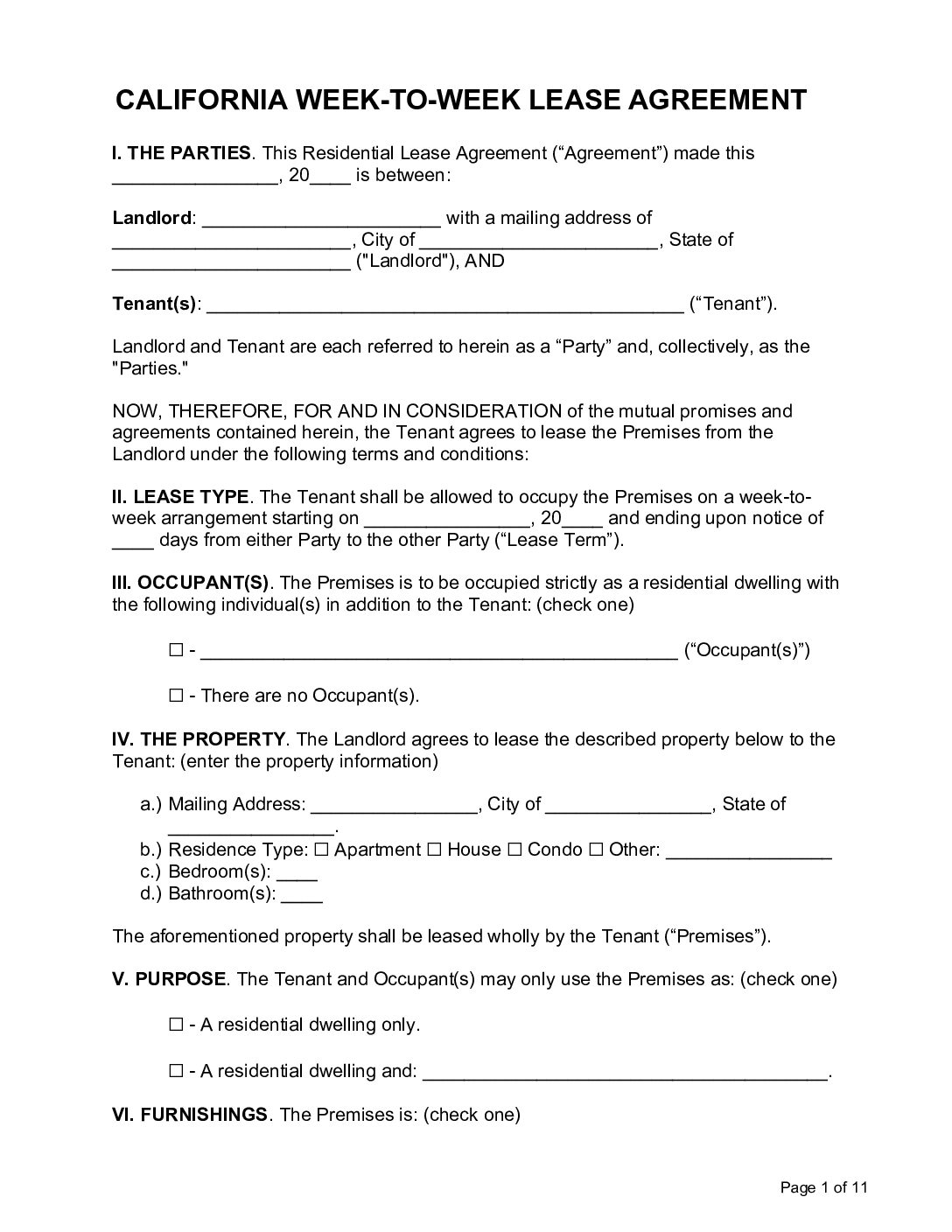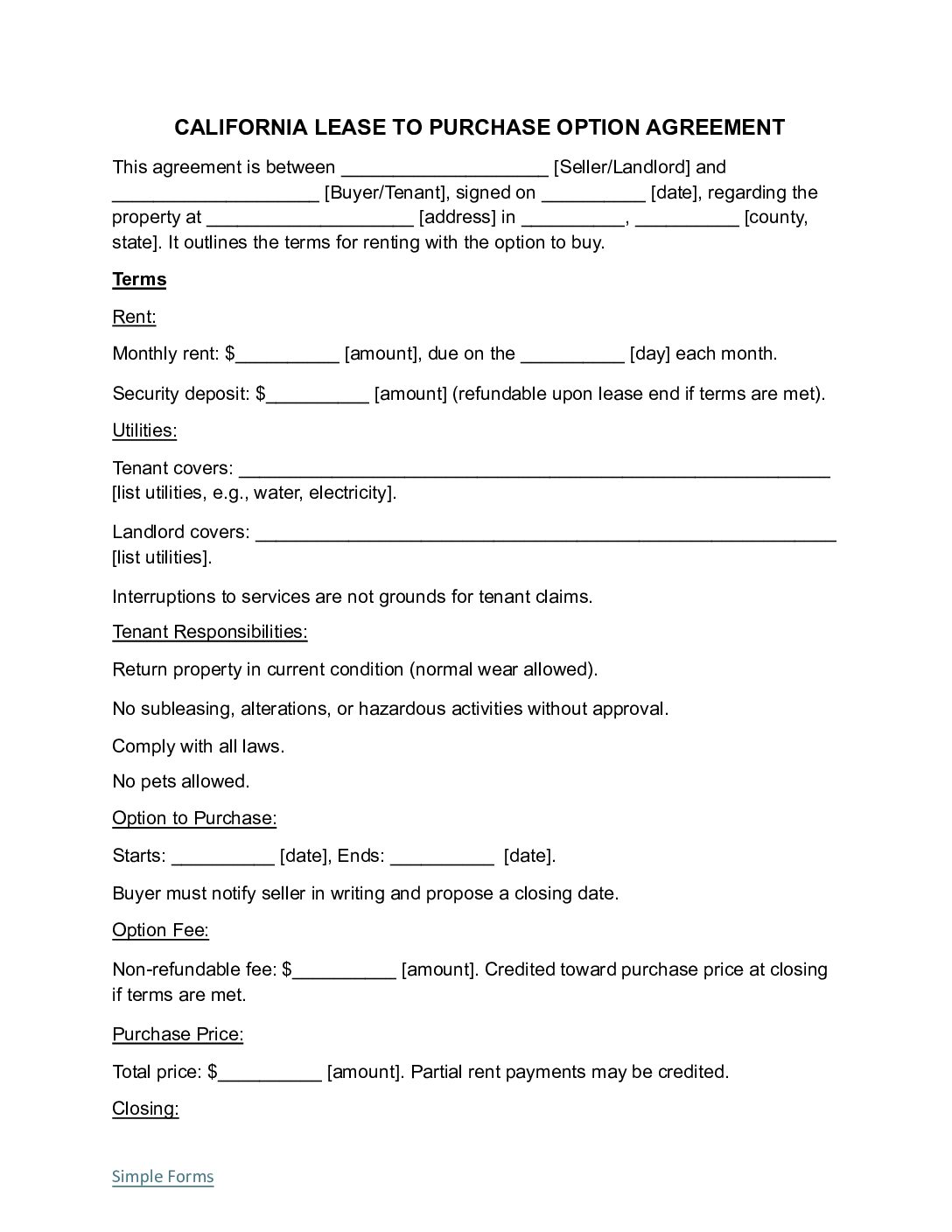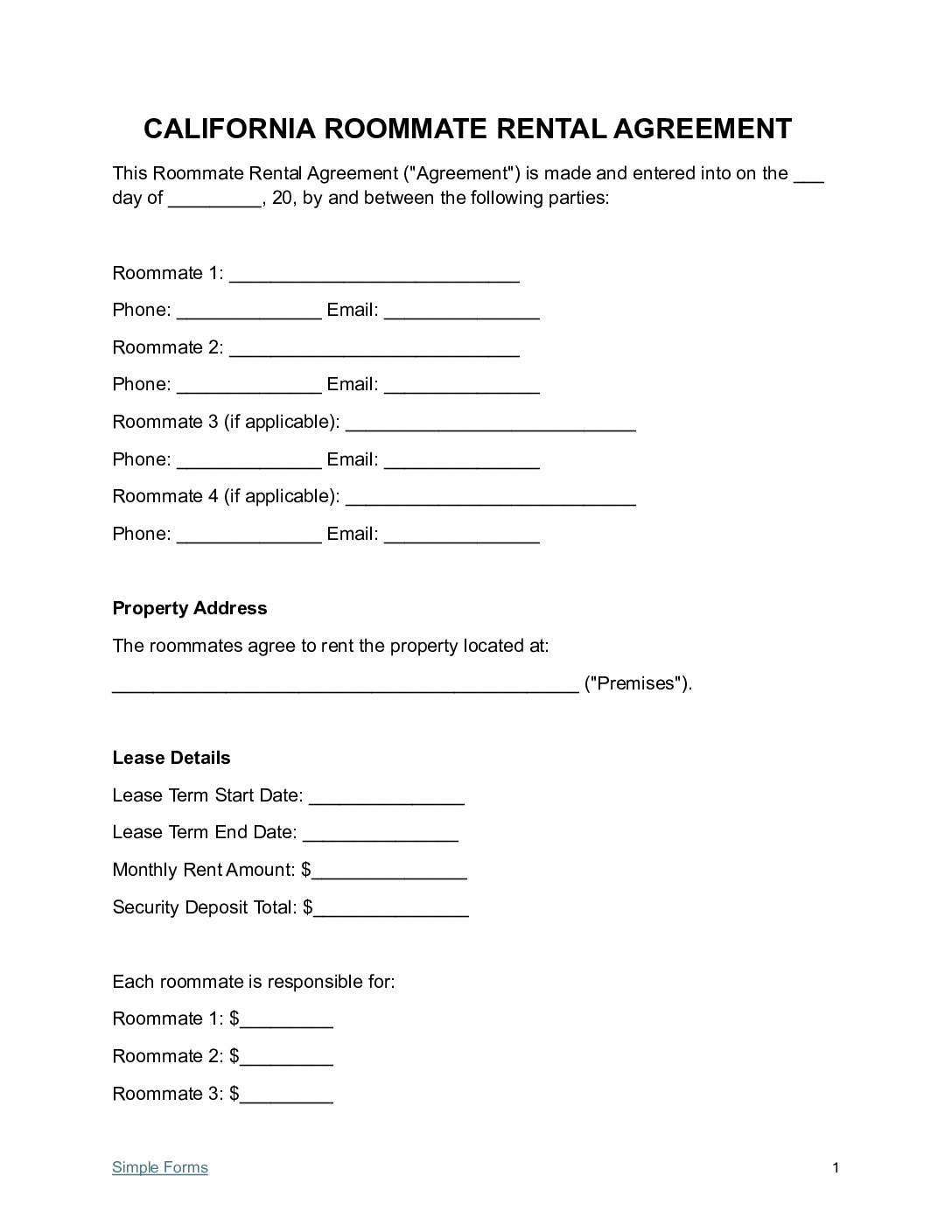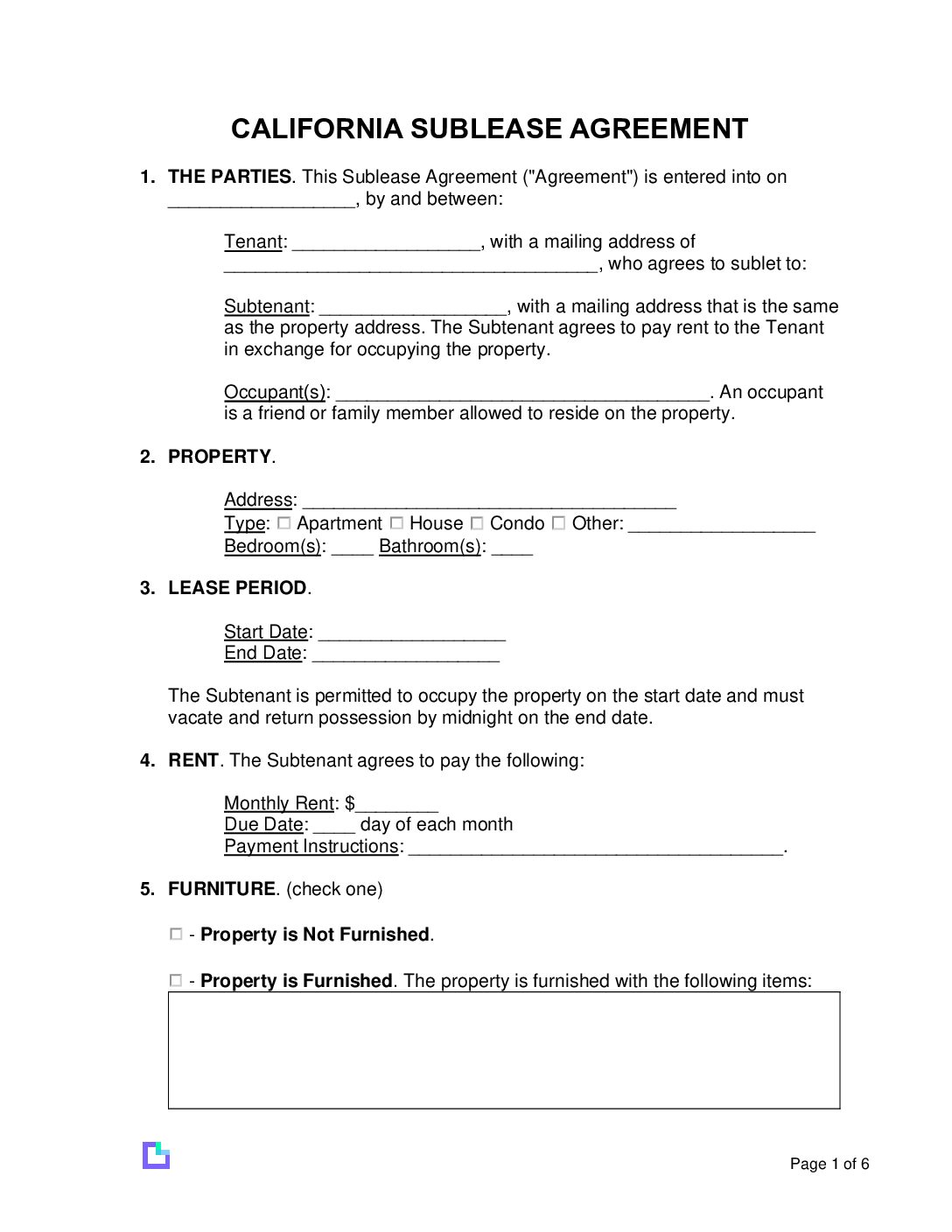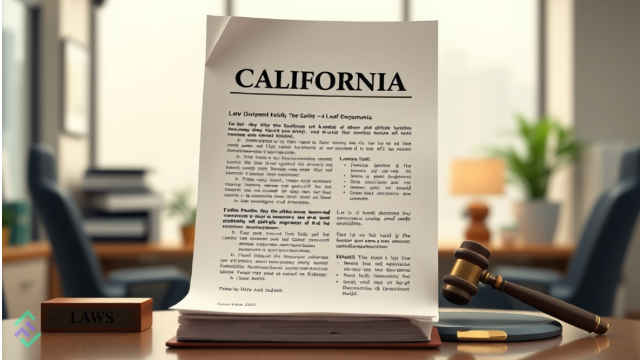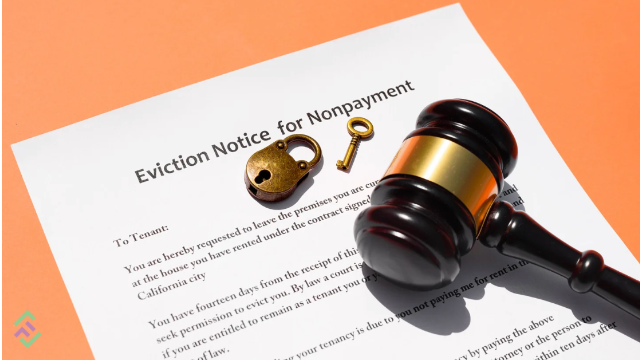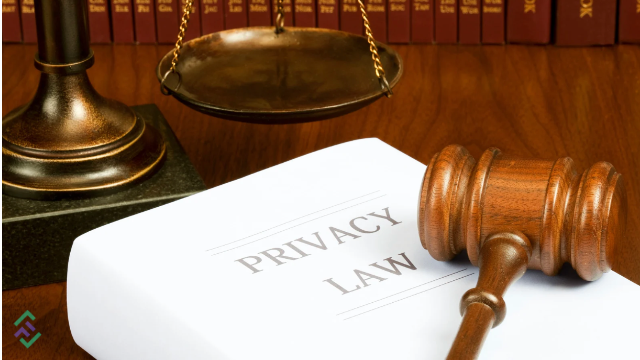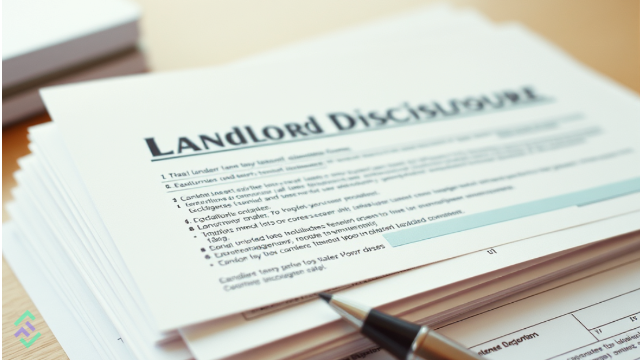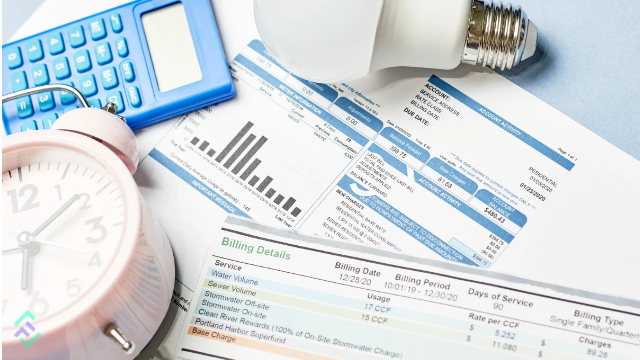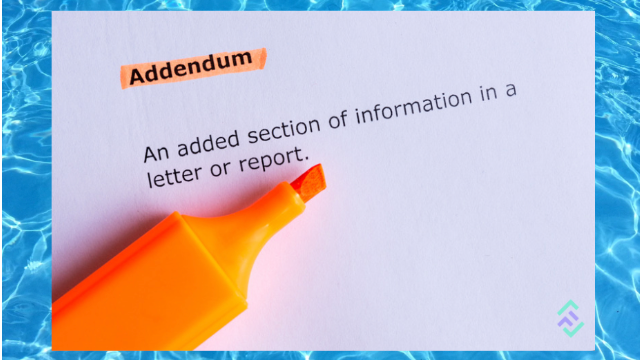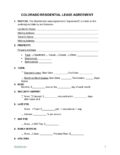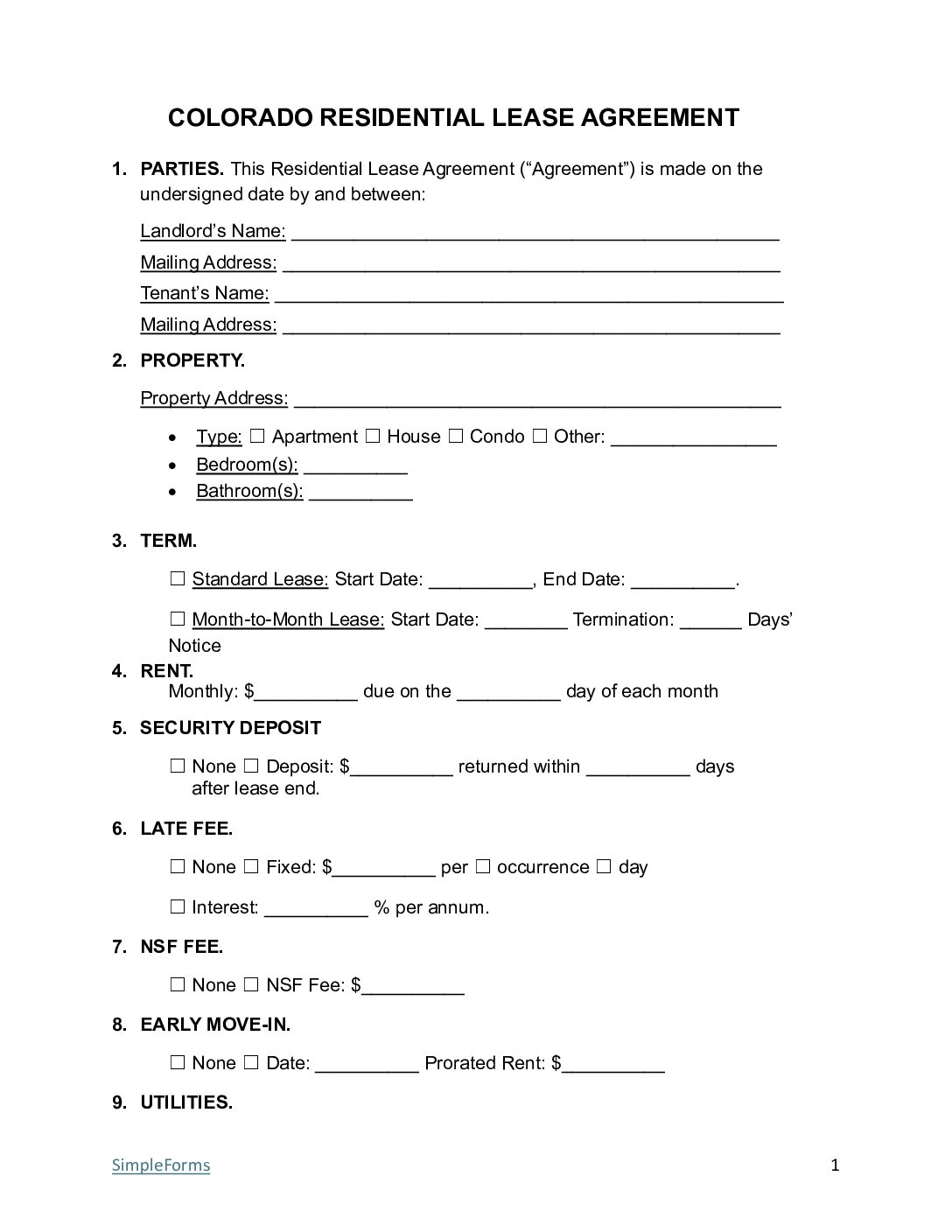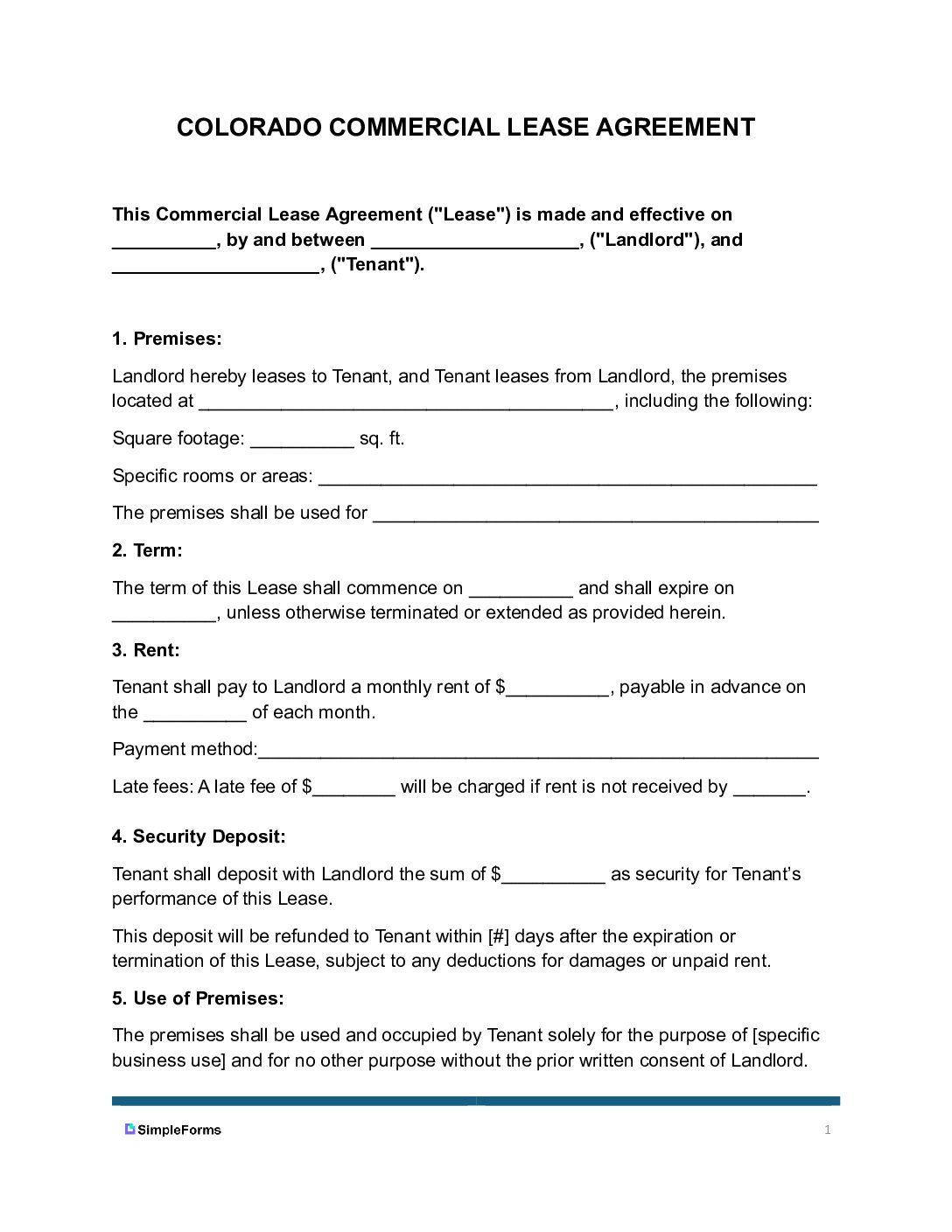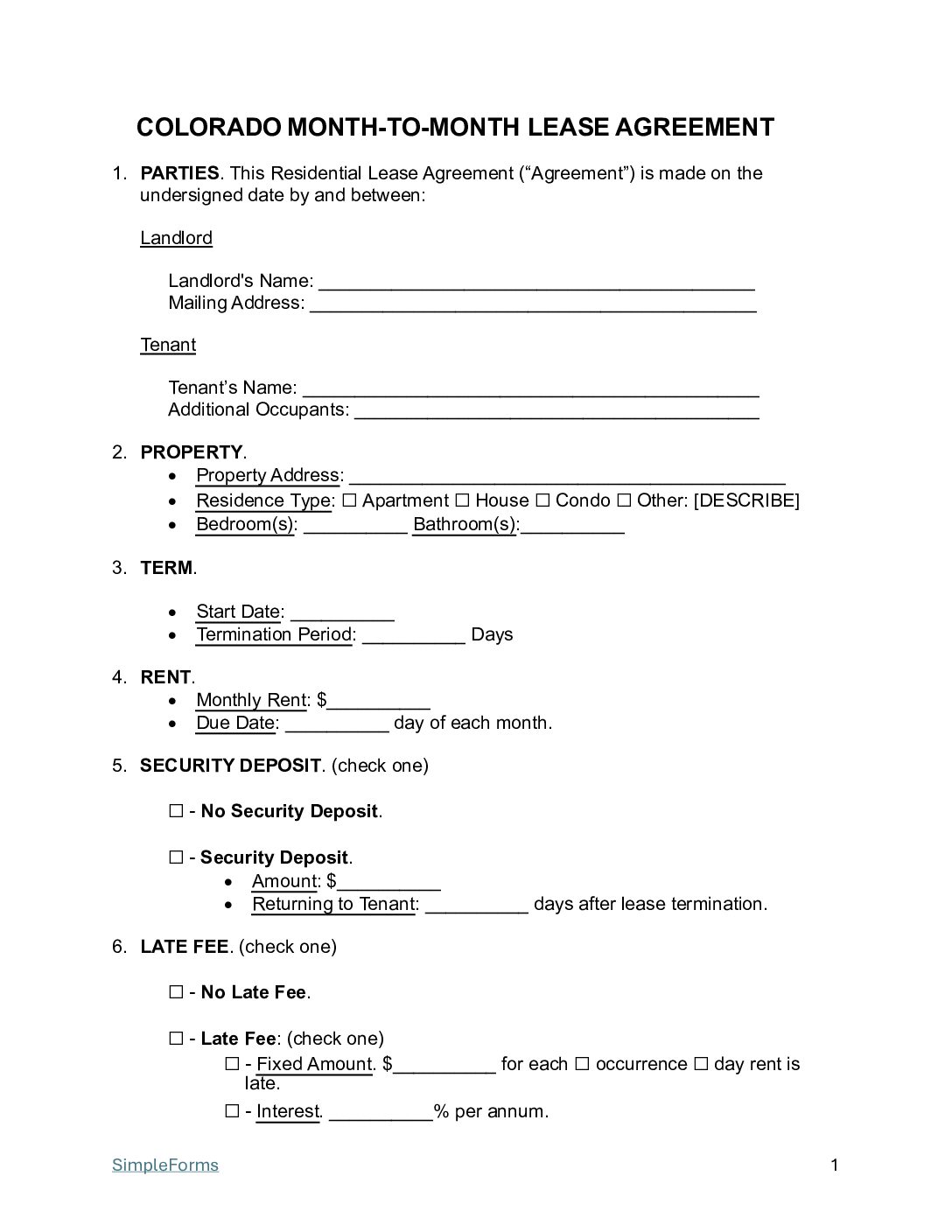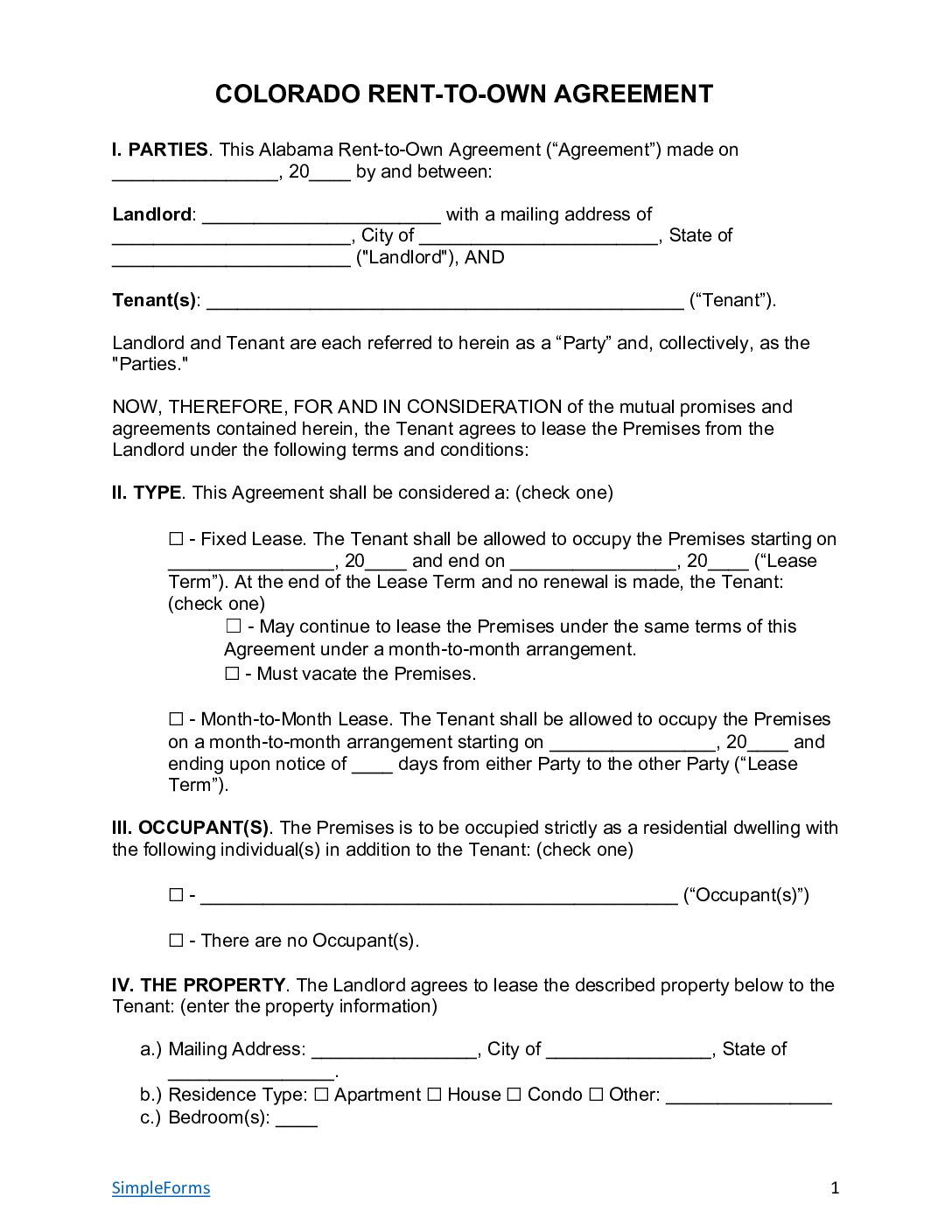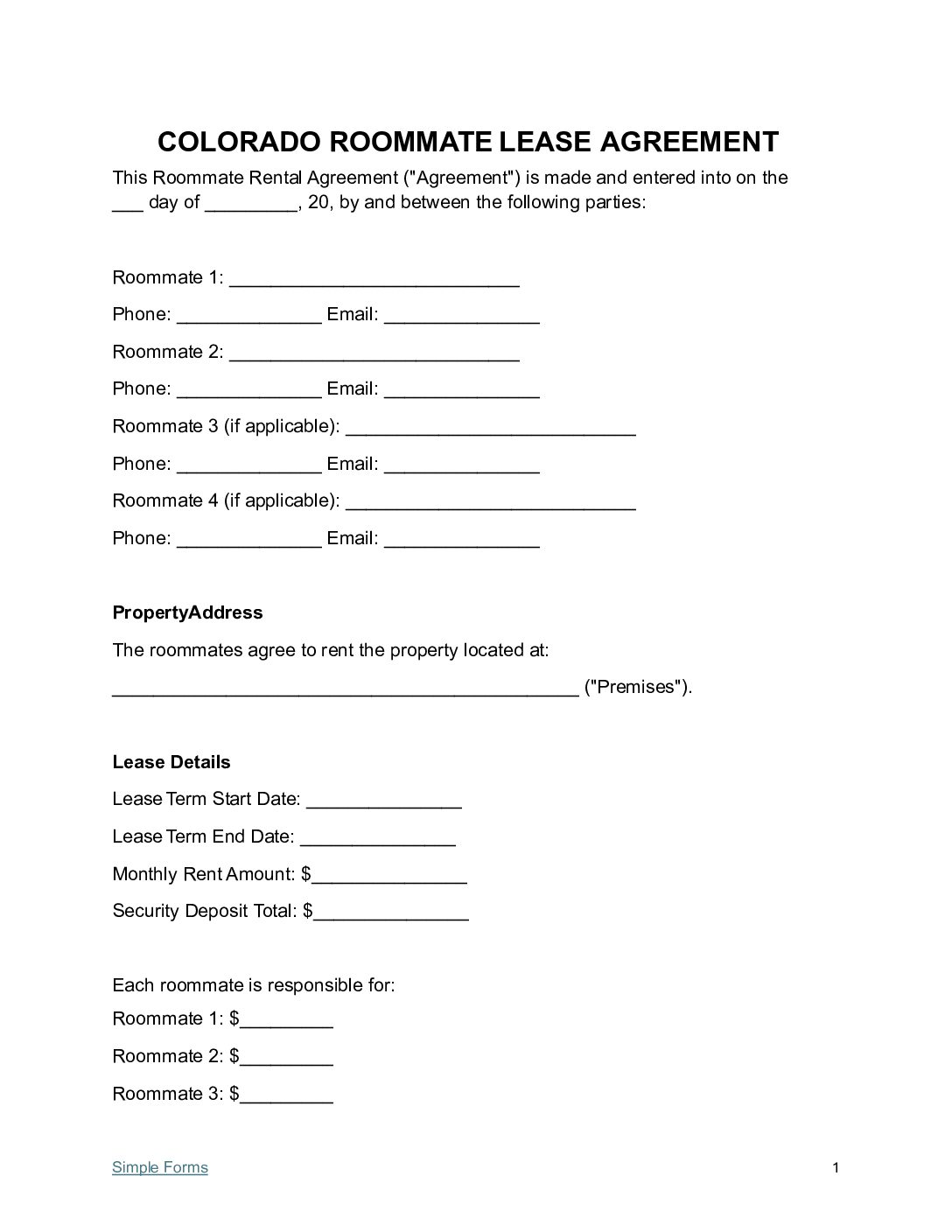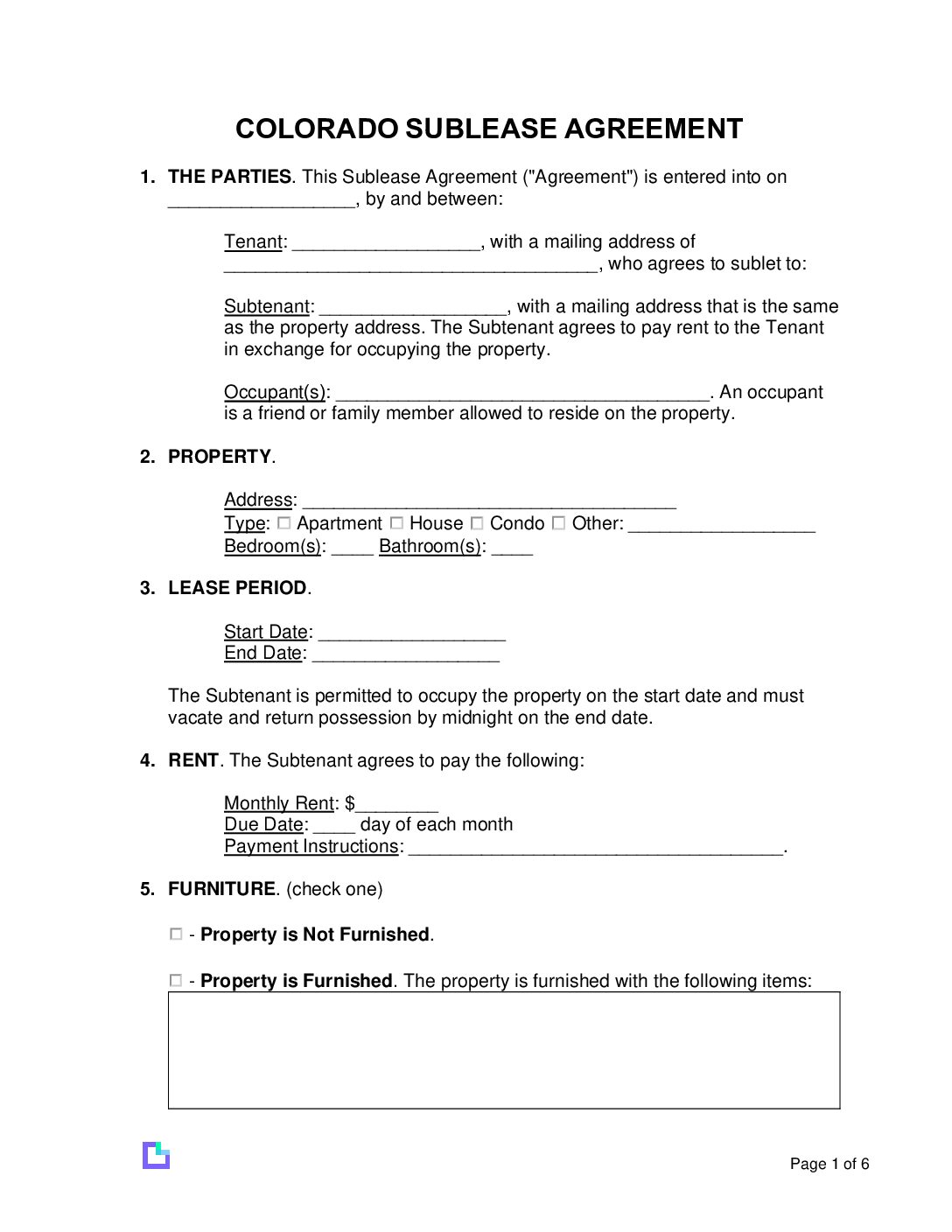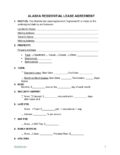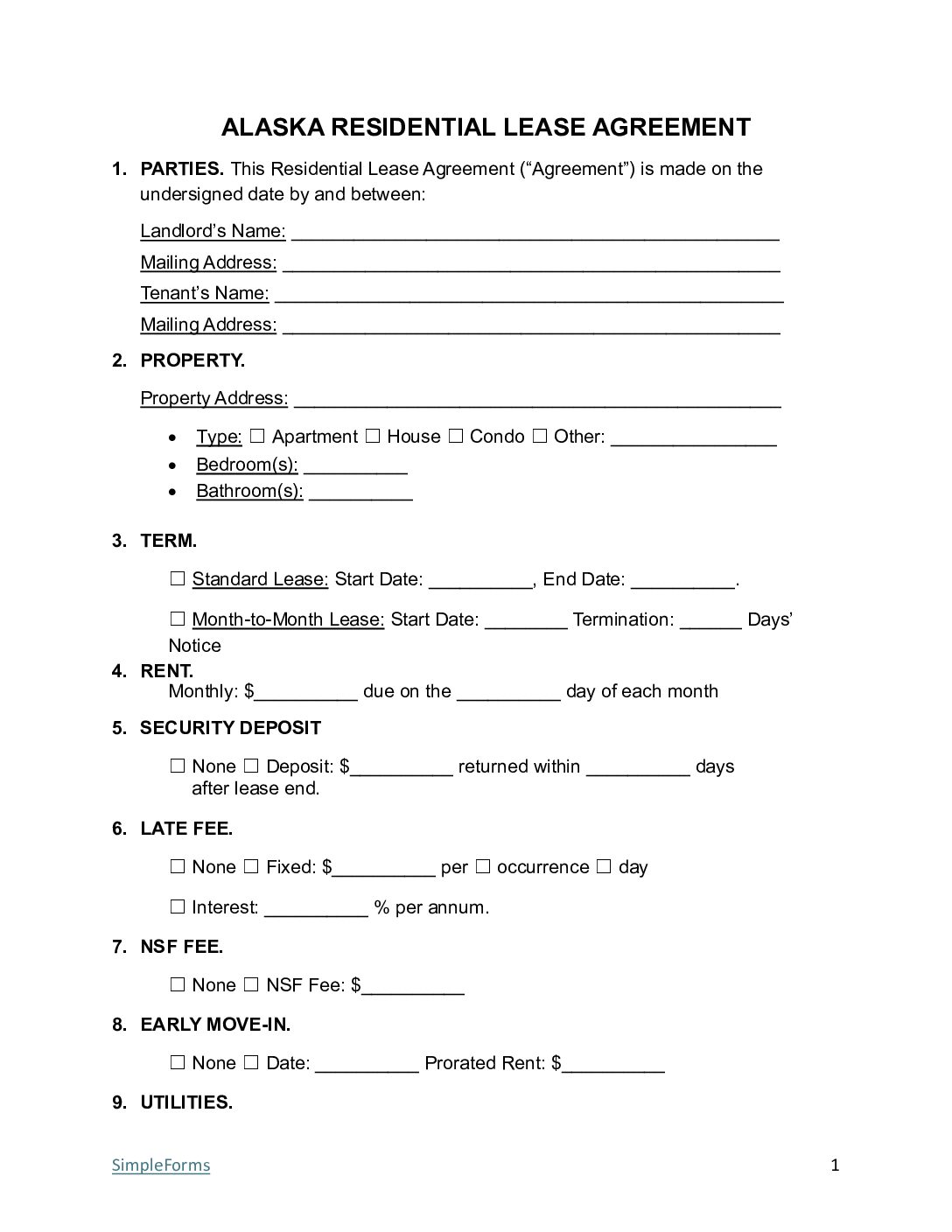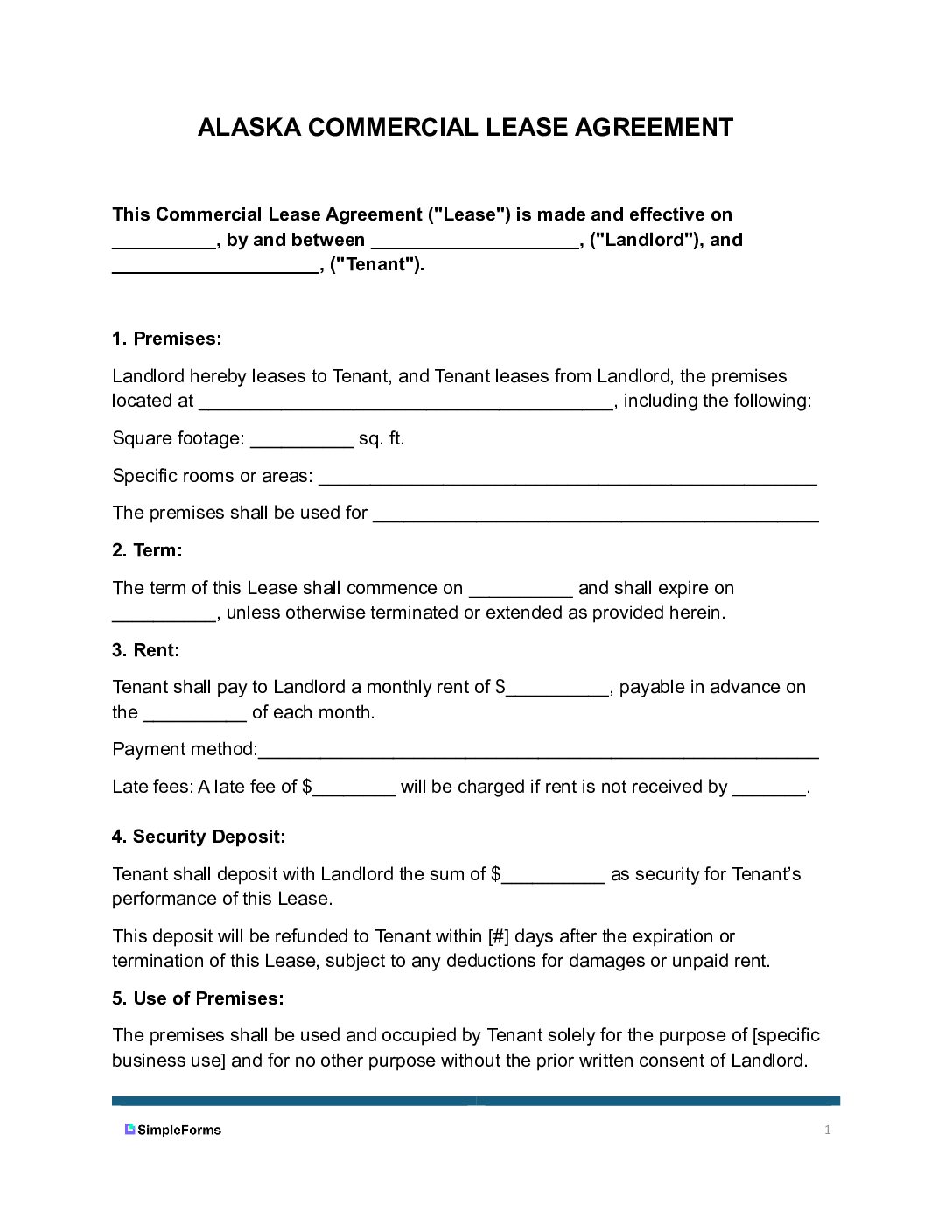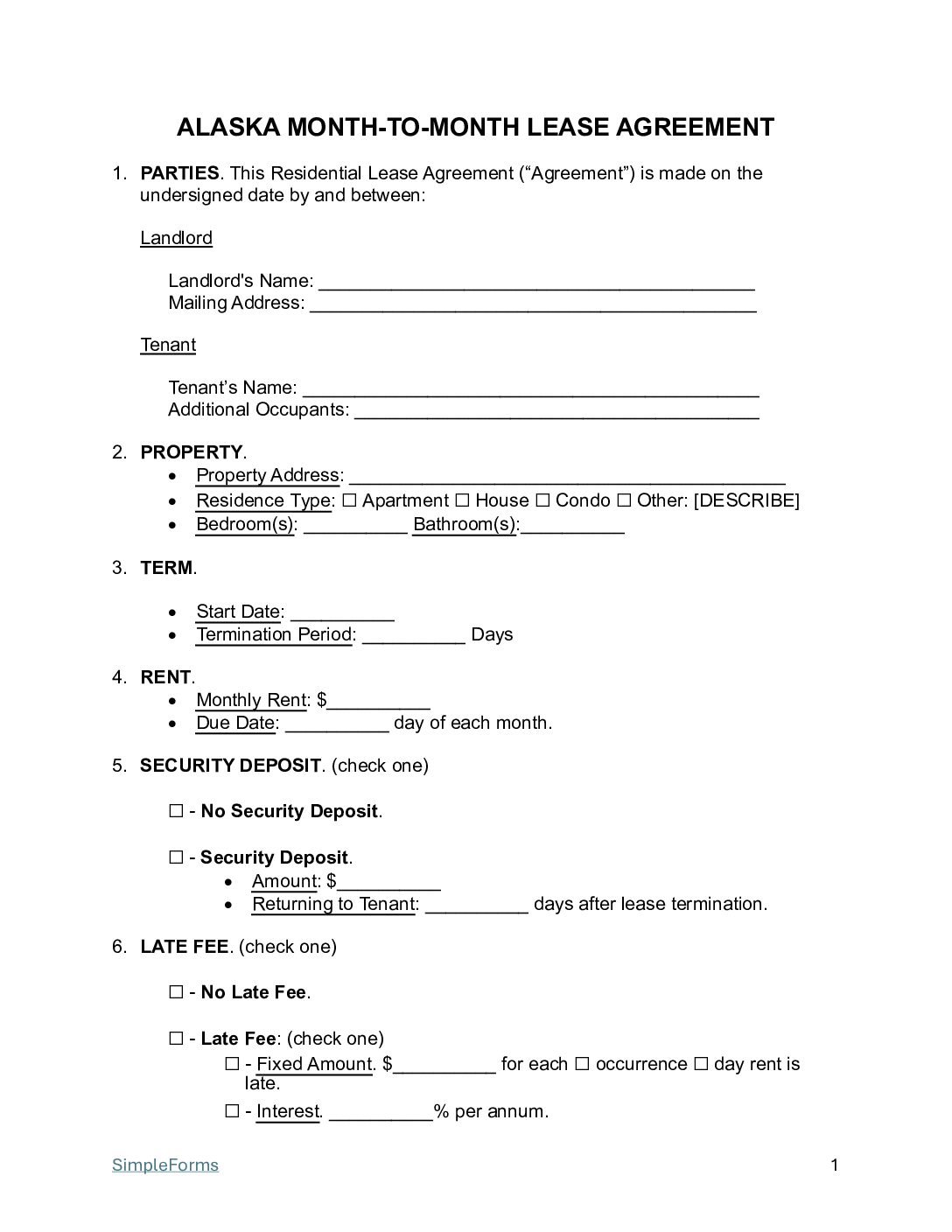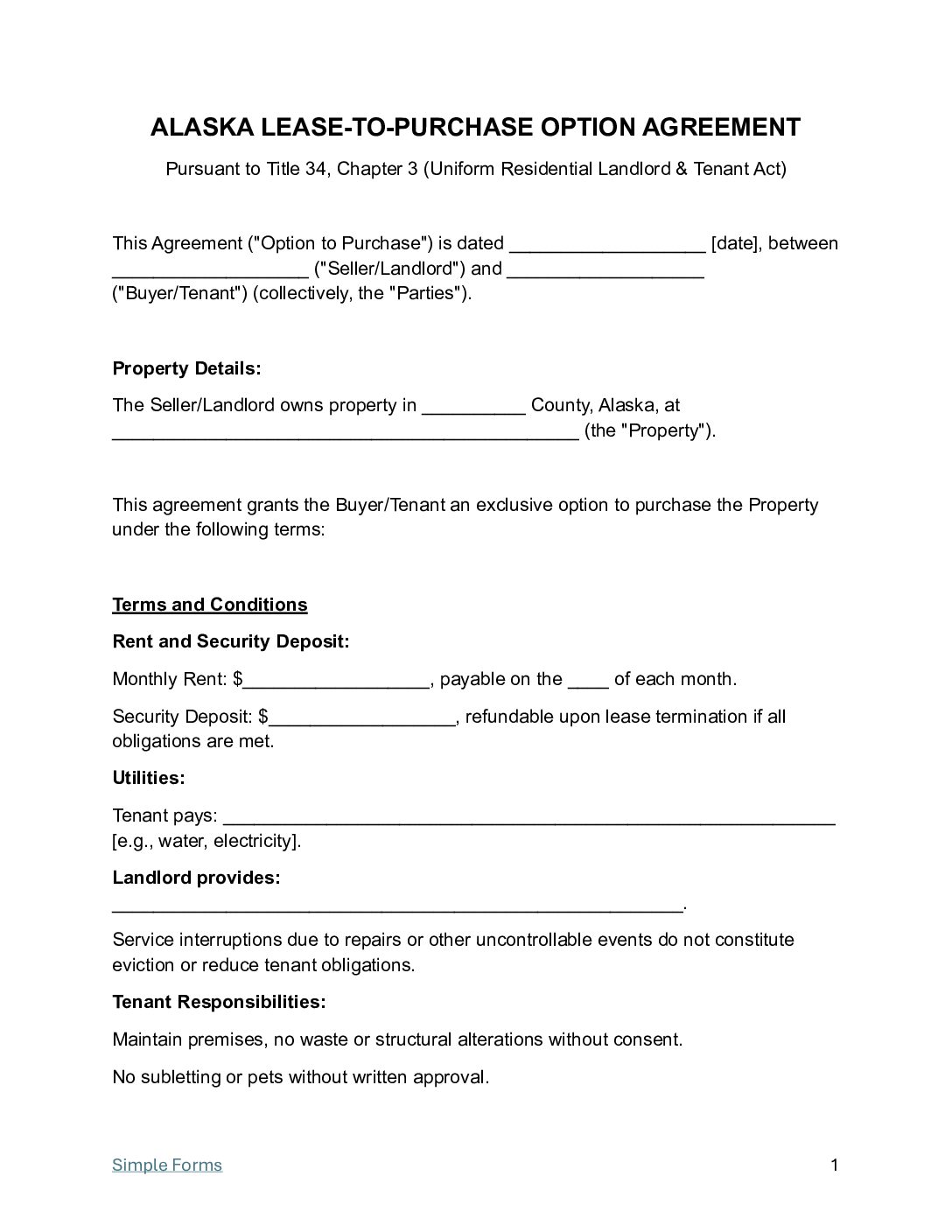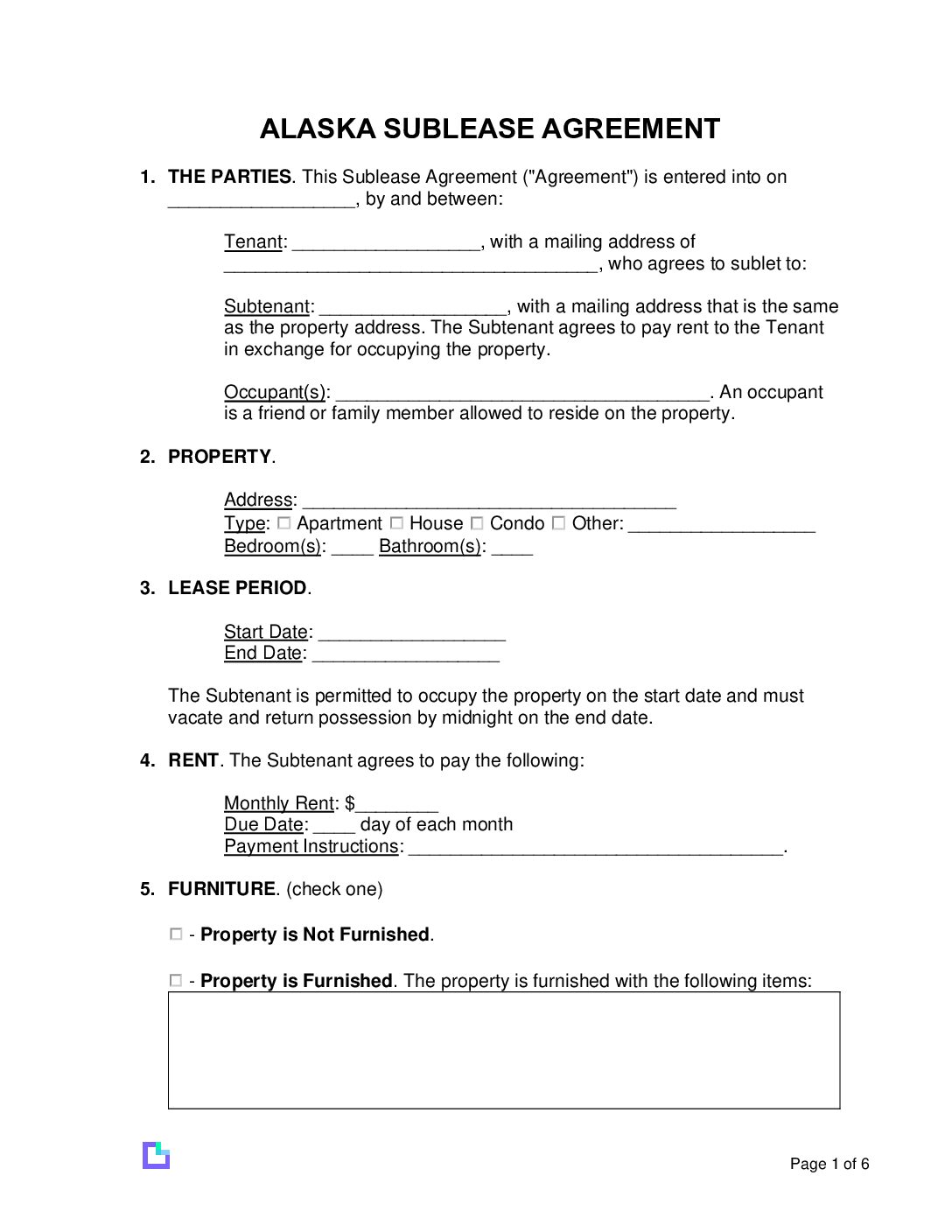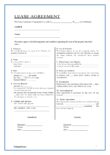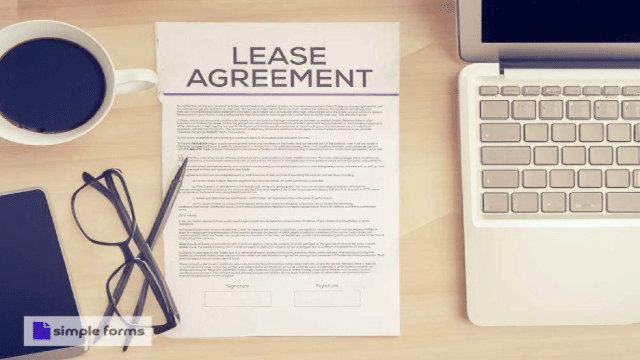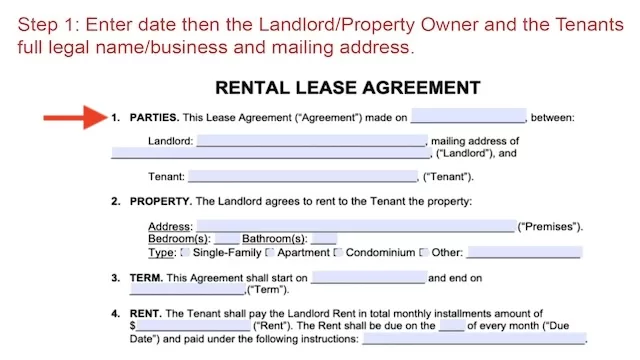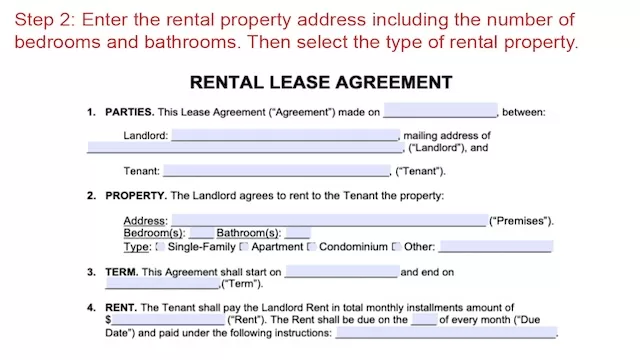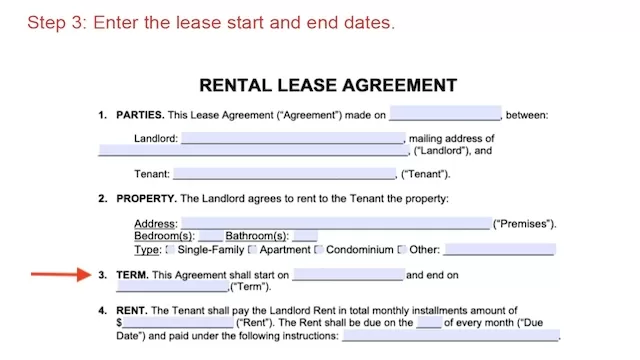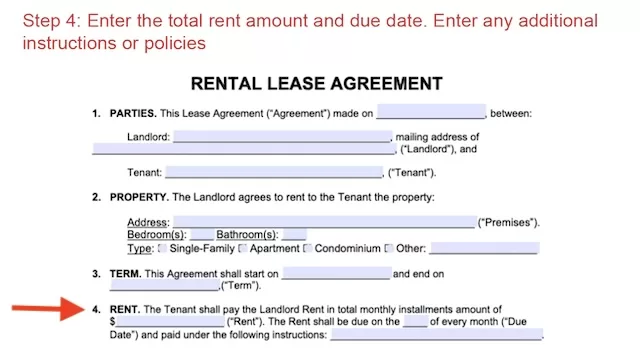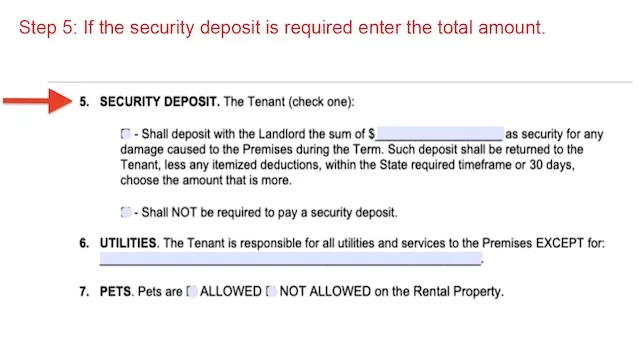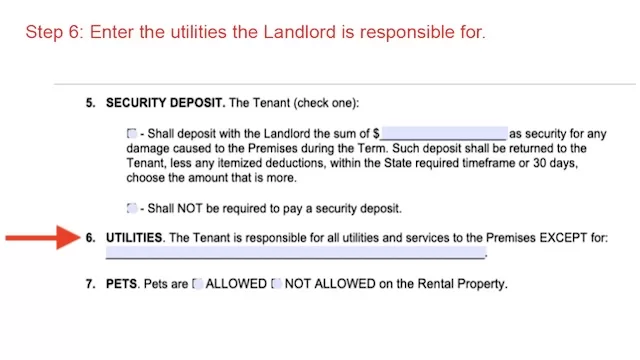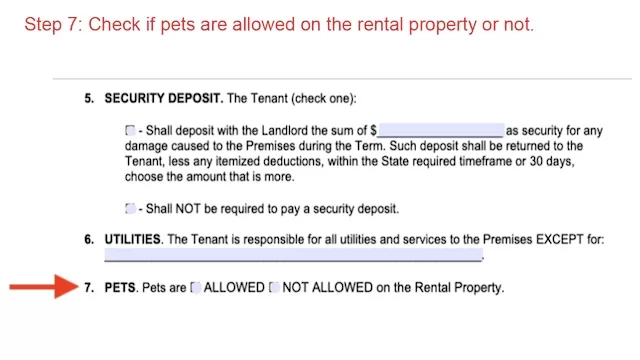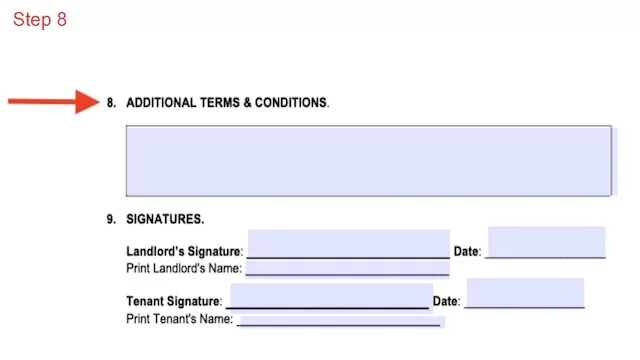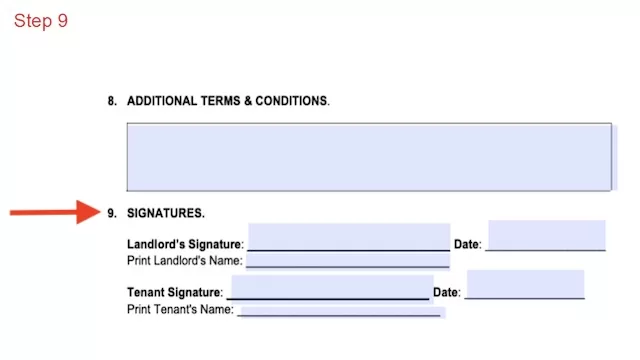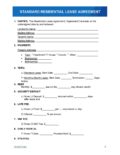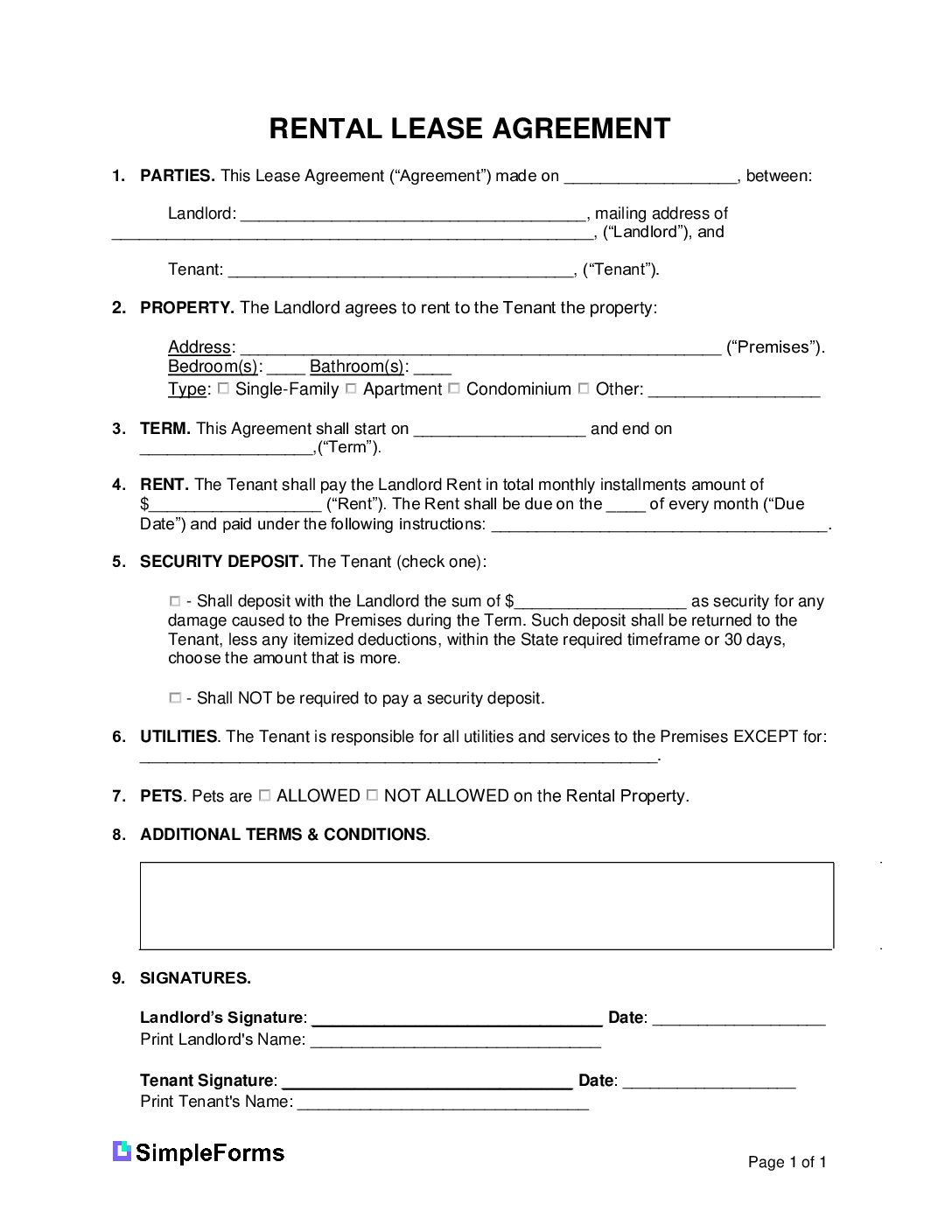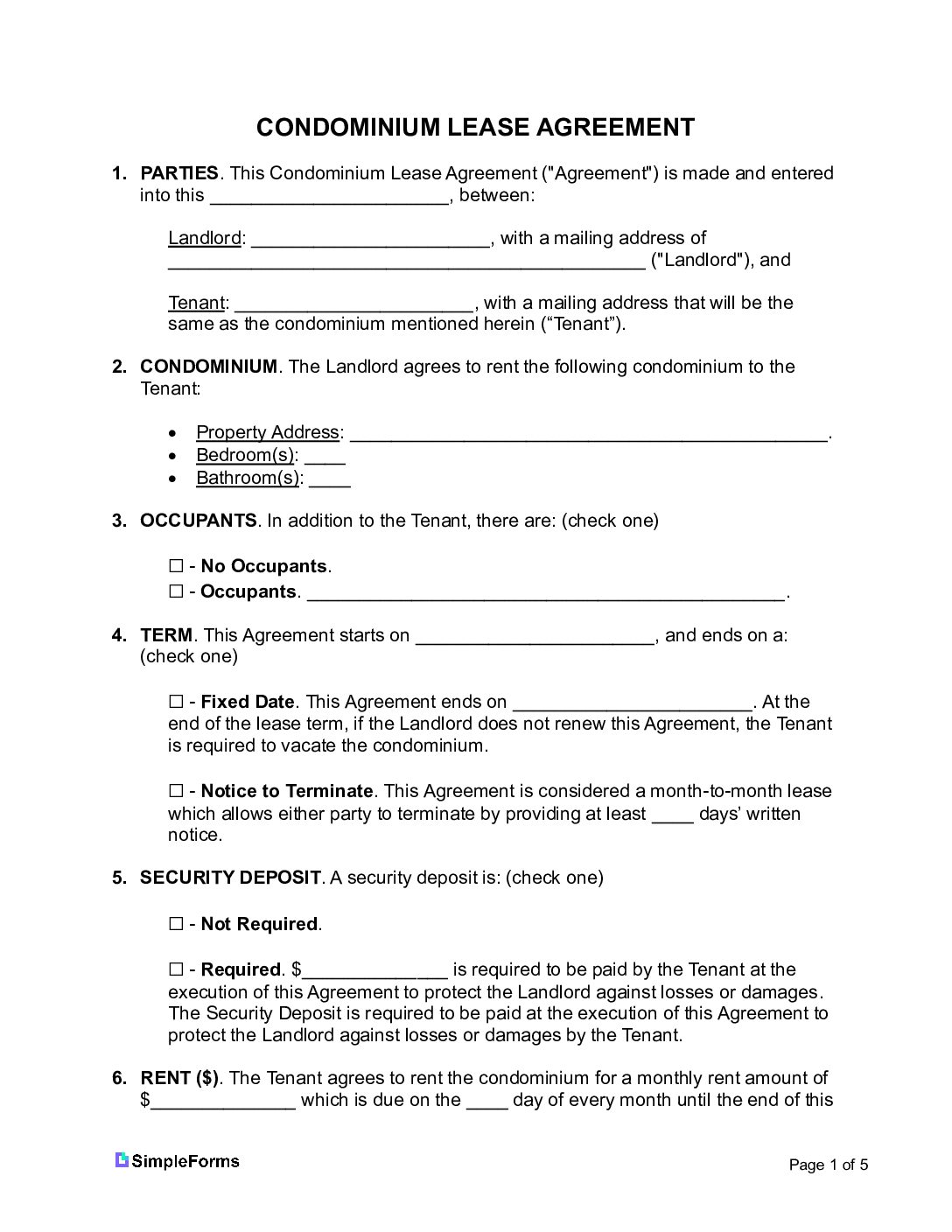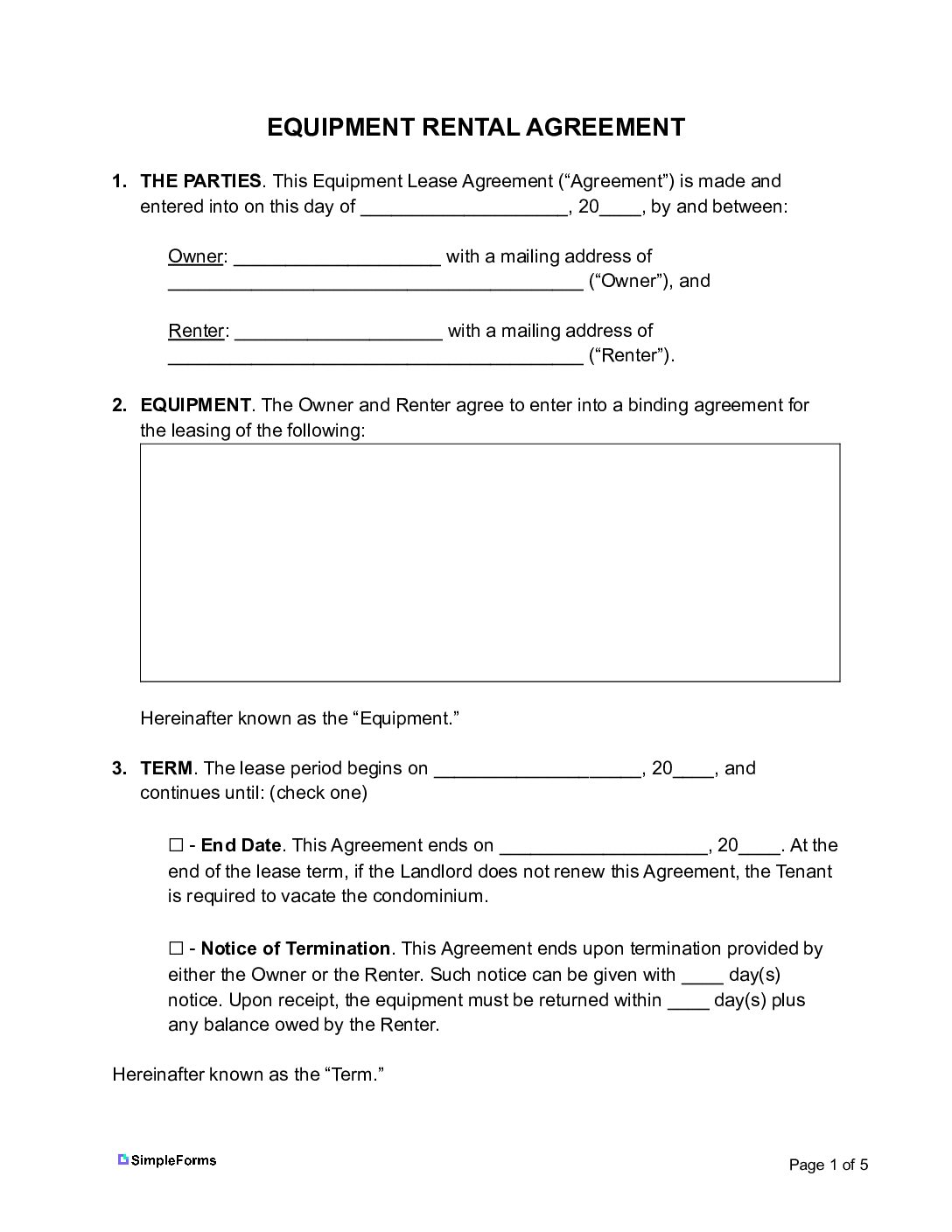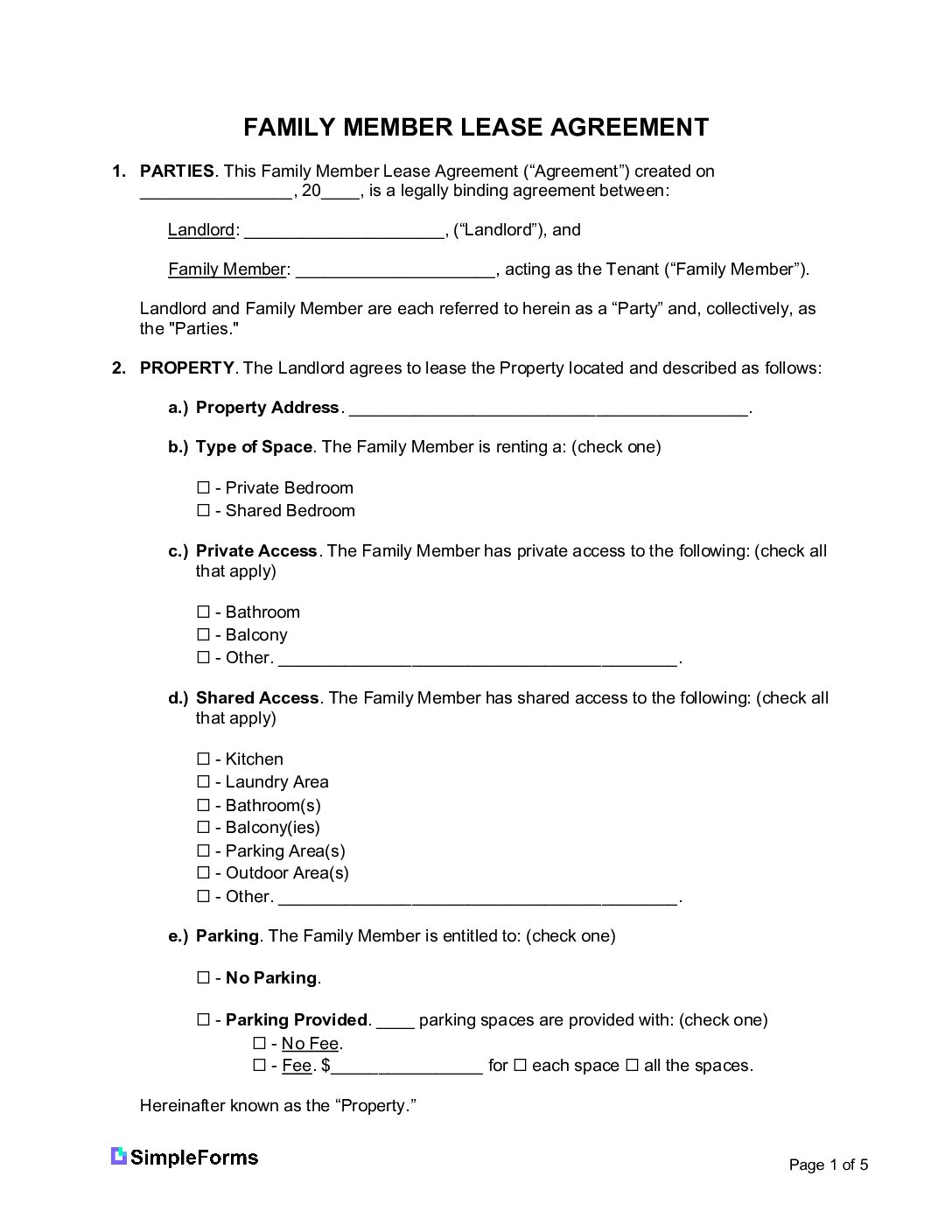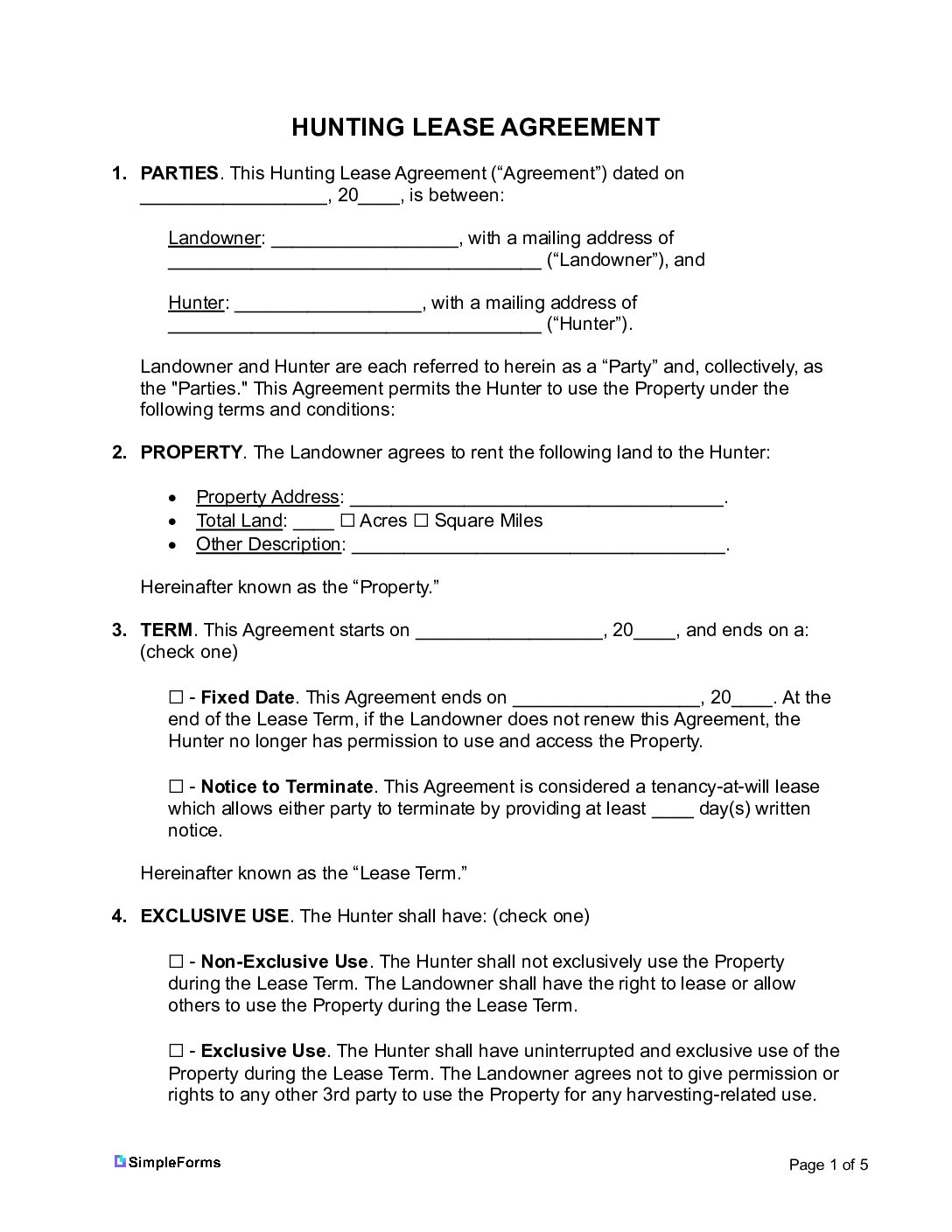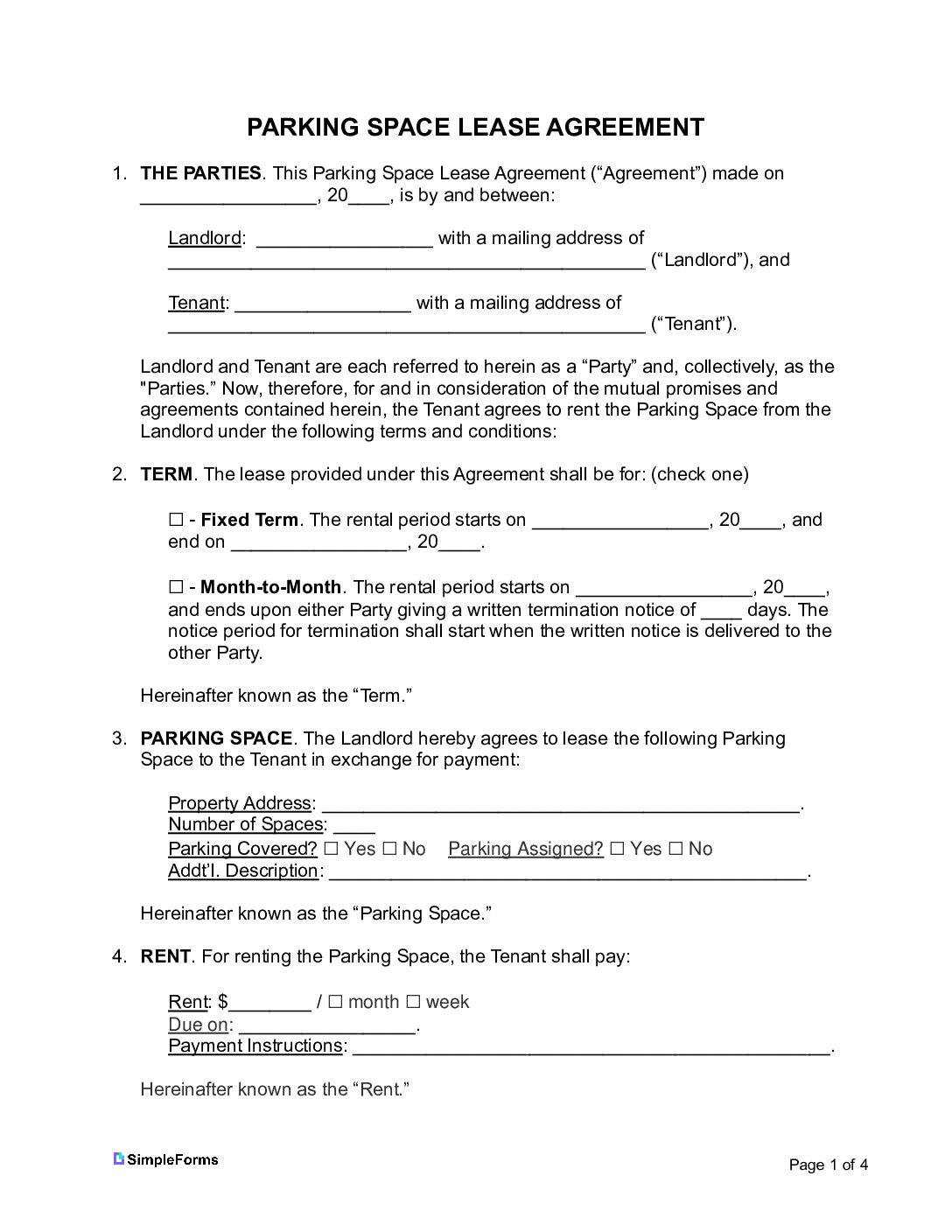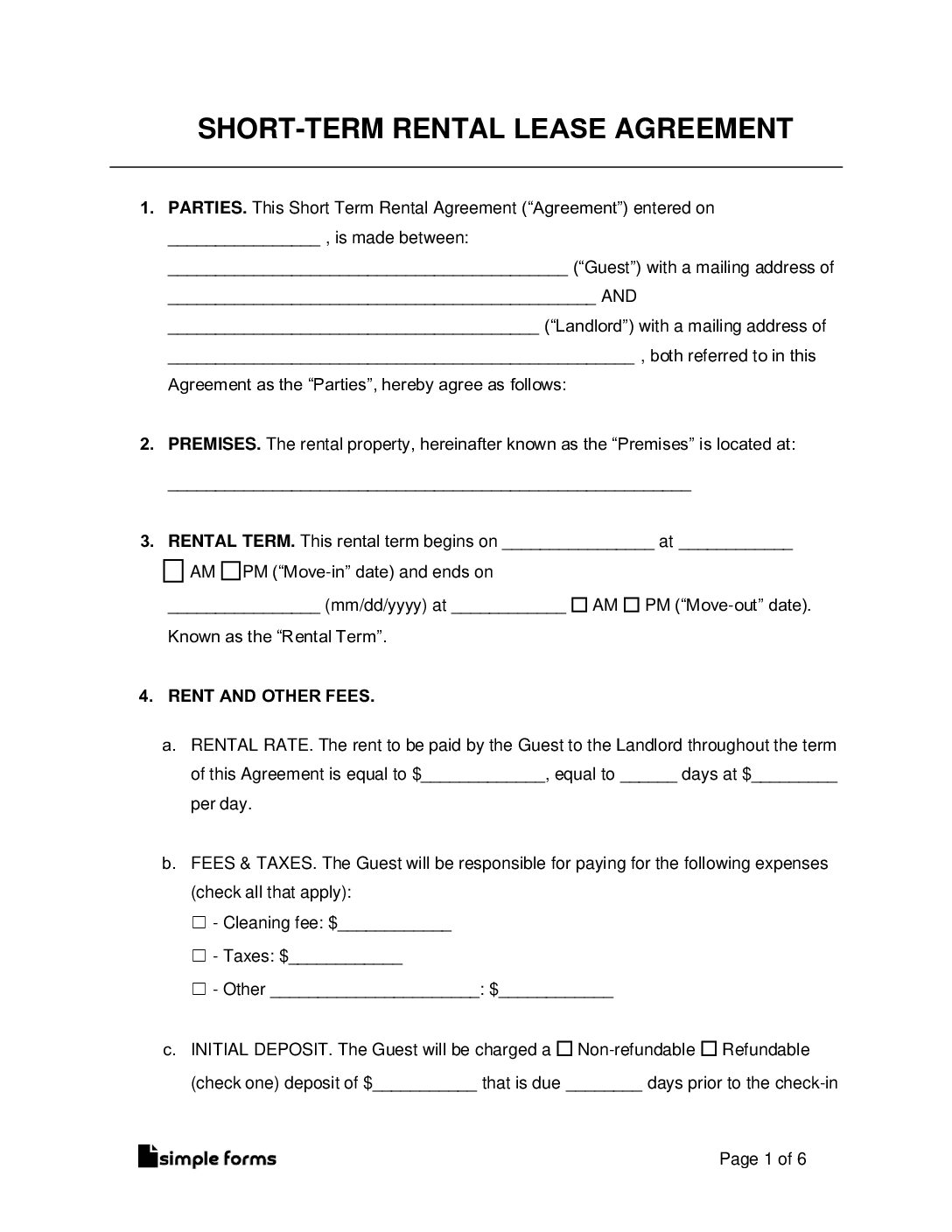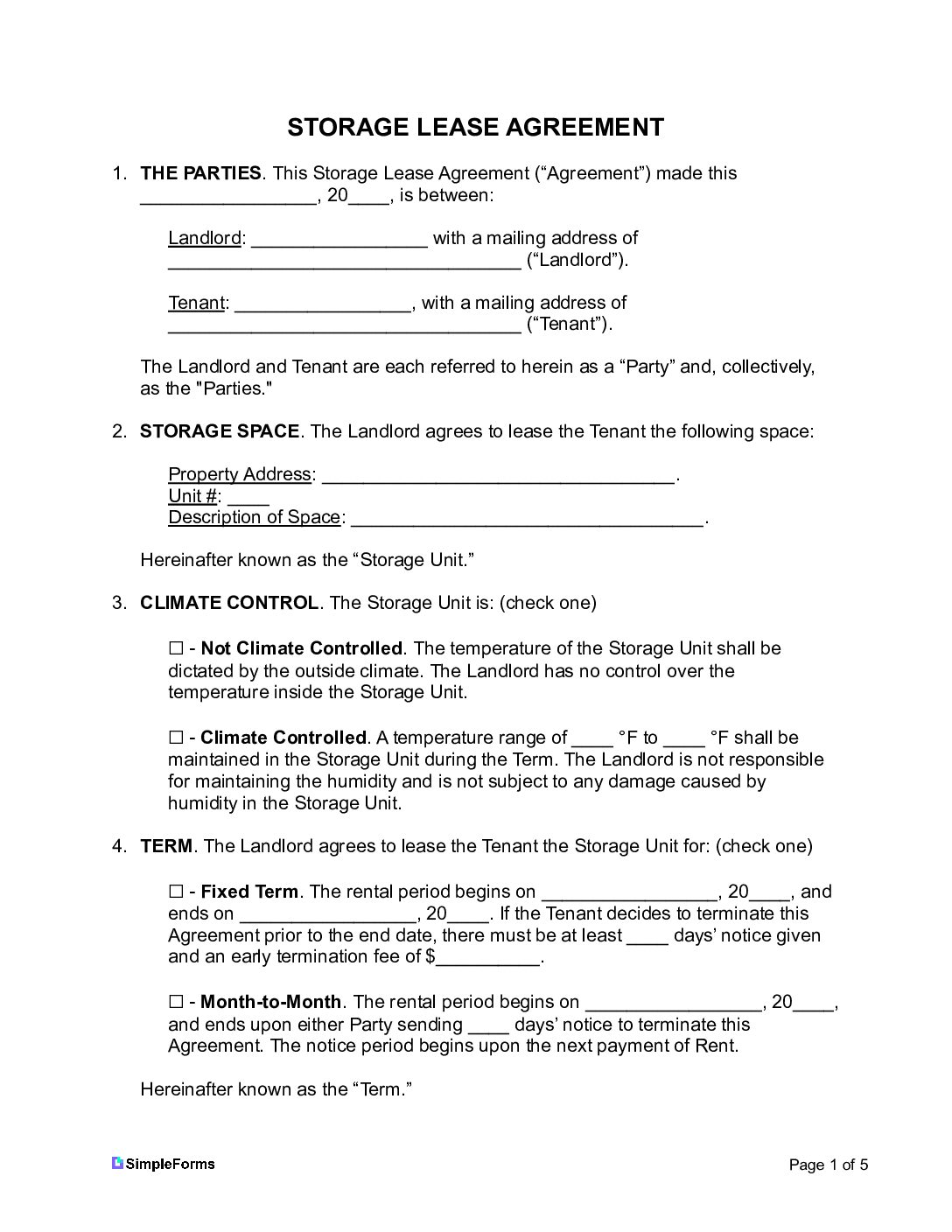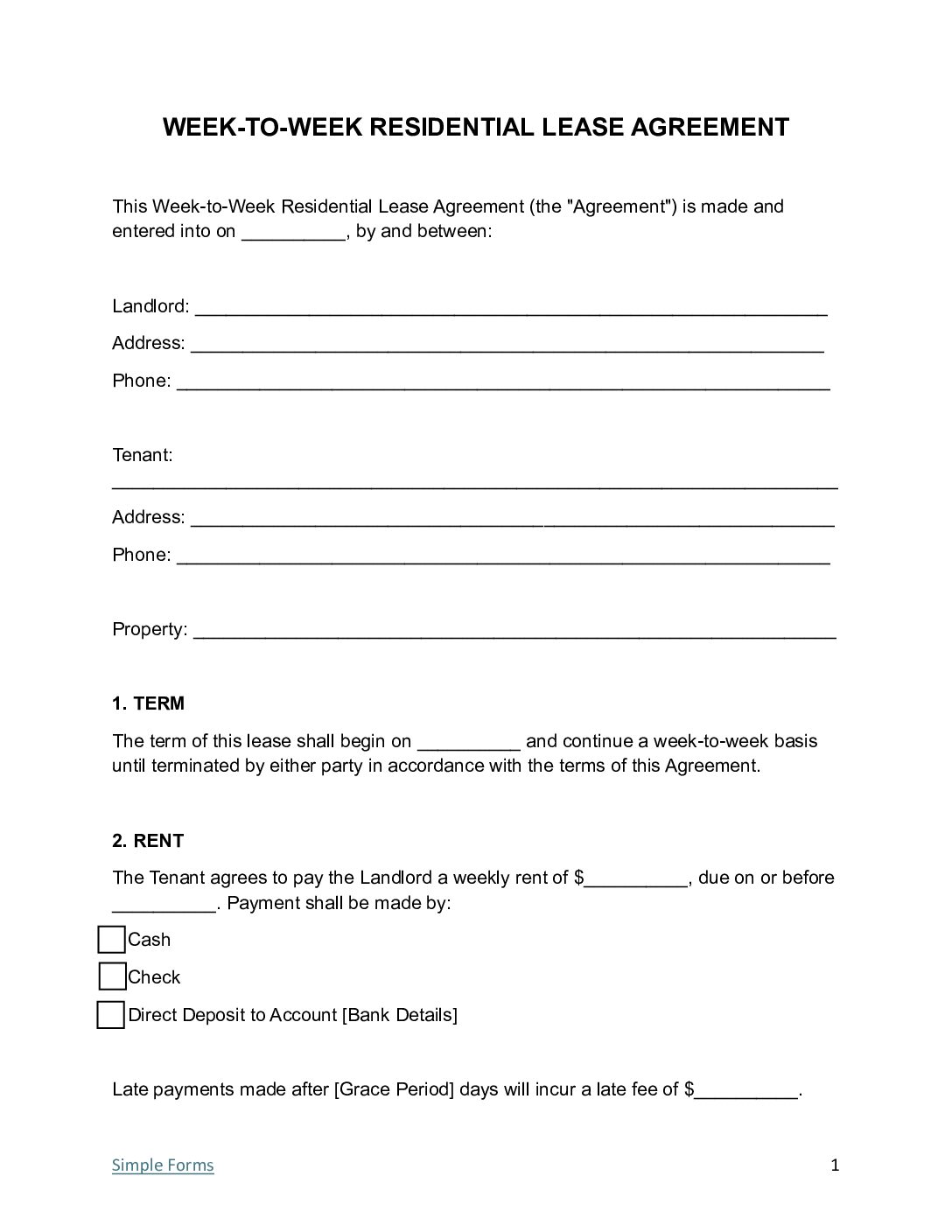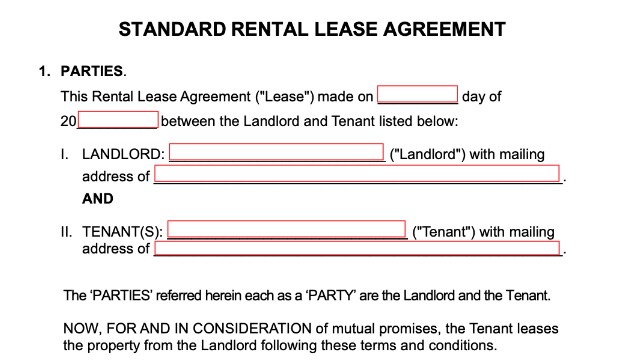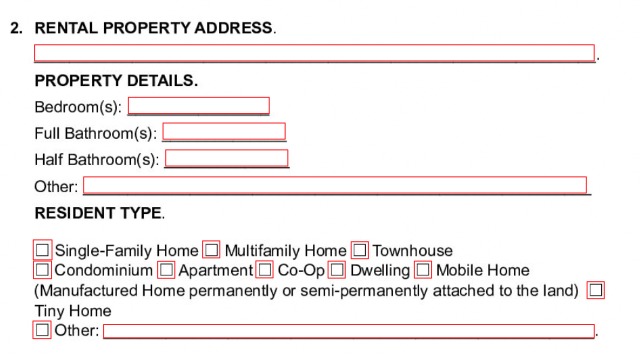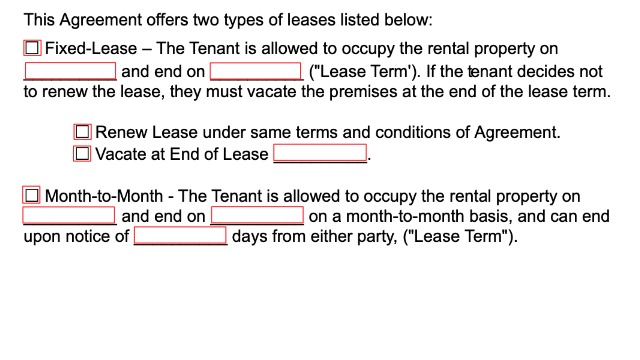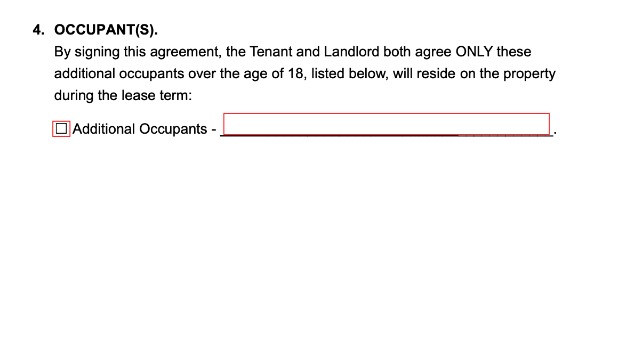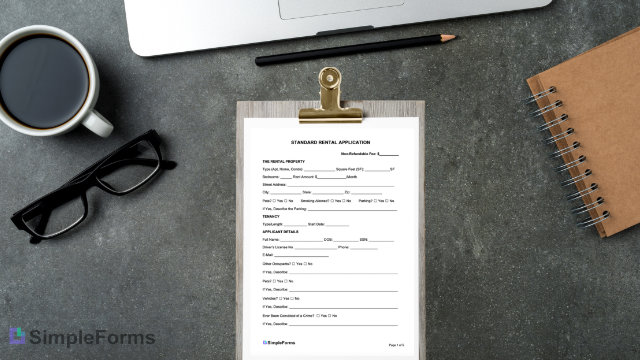By Type (6)
| Residential Lease Agreement – The most common rental contract has a start and end date, with rent due on the first of each month. Download: PDF | Word (.docx) |
|
| Commercial Lease Agreement – for renting property for business use such as office, retail, or industrial space. Download: PDF | Word (.docx) |
|
| Month-to-Month Lease Agreement – a “tenancy at will” is a landlord-tenant relationship that can be ended anytime with at least 20 days’ notice. Download: PDF | Word (.docx) |
|
| Rent to Own Lease Agreement – is a standard residential lease with extra terms for buying the property and personal items. Download: PDF | Word (.docx) |
|
| Roommate Lease Agreement – For people living in a shared space to agree on common property rules. Download: PDF | Word (.docx) |
|
| Sublease Agreement – a tenant renting out their space with the landlord’s permission. Download: PDF | Word (.docx) |
What this Washington Residential Lease Agreement Template Cover?
This Washington Residential Lease Agreement Form includes the following information:
- Required Disclosure Forms
- Security Deposit Regulations
- Rent Due Dates and Late Fees
- Landlord’s Access to the Property
- Abandonment
- Washington Eviction Laws without a Lease Agreement
Required Disclosure Forms
- Landlord Identification – Provide contact details for the landlord or property manager.[1]
- Lead-Based Paint Disclosure – Information about potential lead-based paint risks and includes an EPA brochure.[2]
- Fire Safety Protection and Evacuation – Landlords must disclose fire safety information, sprinklers, and emergency evacuation procedures for the property.[3]
- Mold Information – Landlords must provide tenants with information about mold health risks.[4]
- Move-In Checklist – Documents the property’s condition. This is done when the security deposit is collected.[5]
- Non-refundable Fees – Lists any fees the tenant won’t get back (cleaning or pet fees).[6]
- Security Deposit Receipt – Confirms the tenant paid a deposit and explains the refund terms.[7]
- Voter Registration Packet (Seattle Only) – Helps Seattle tenants register to vote or update voter info.[8]
Security Deposit Requirements
- Maximum – Up to 25% of the first month’s rent.
- Returns – Landlords must return the security deposit within 30 days of the lease end date, minus any lawful deductions and include an itemized list.
Due Dates / Late Rent Fees
- Grace Period – 5-day grace period.
- Late Fees – $20 or 20% of the monthly rent amount (whichever number is greater).
Landlord’s Access to the Rental Property
Abandonment
- Absence – Washington does not mandate the duration of time that is considered abandoned.
- Breaking the Lease – Tenants can end the lease without penalty for reasons such as:
- The landlord breaches the agreement.
- The tenant must relocate for military service.
- Instances of domestic violence, sexual assault, or stalking.
- Unclaimed Property – Landlords must hold the property for at least 45 days before disposal.

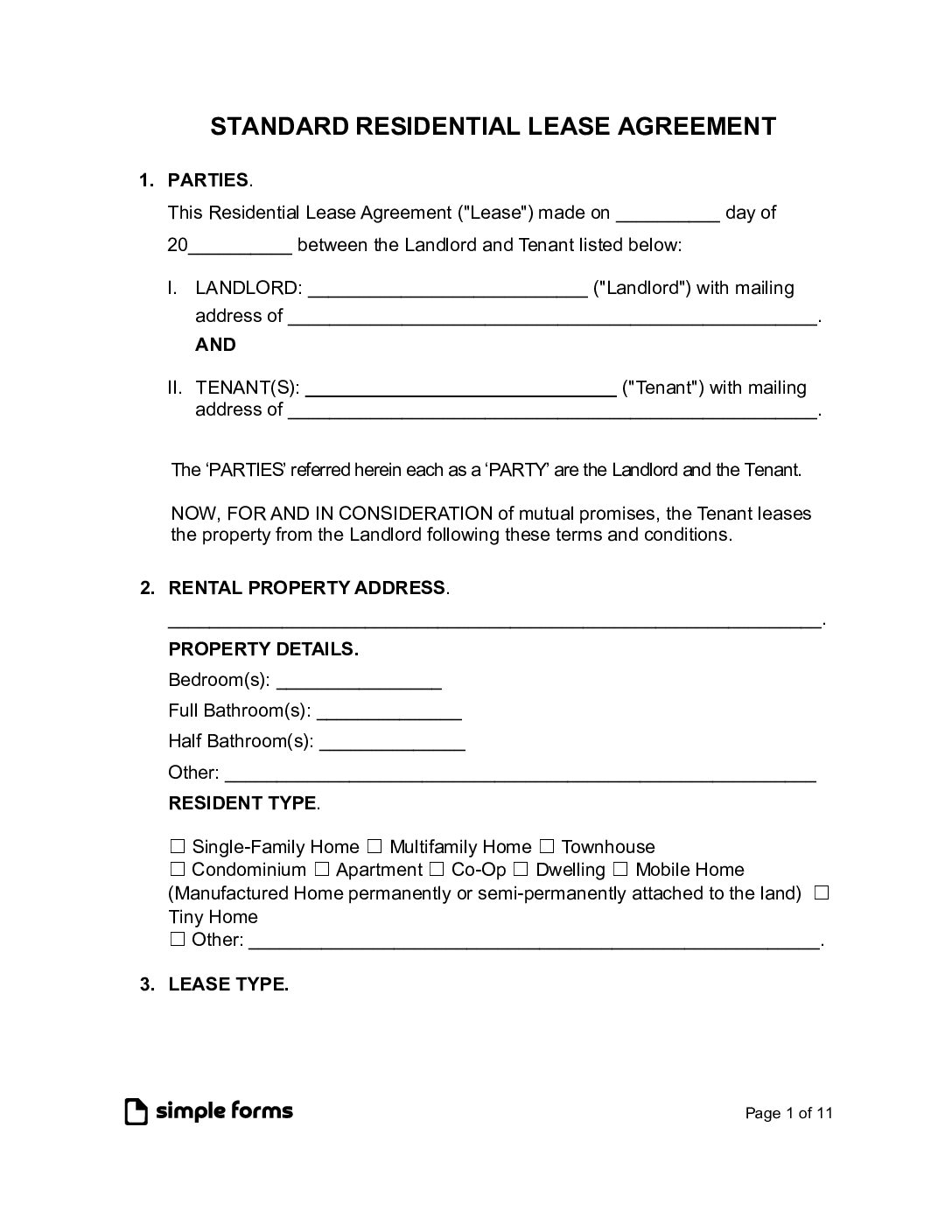
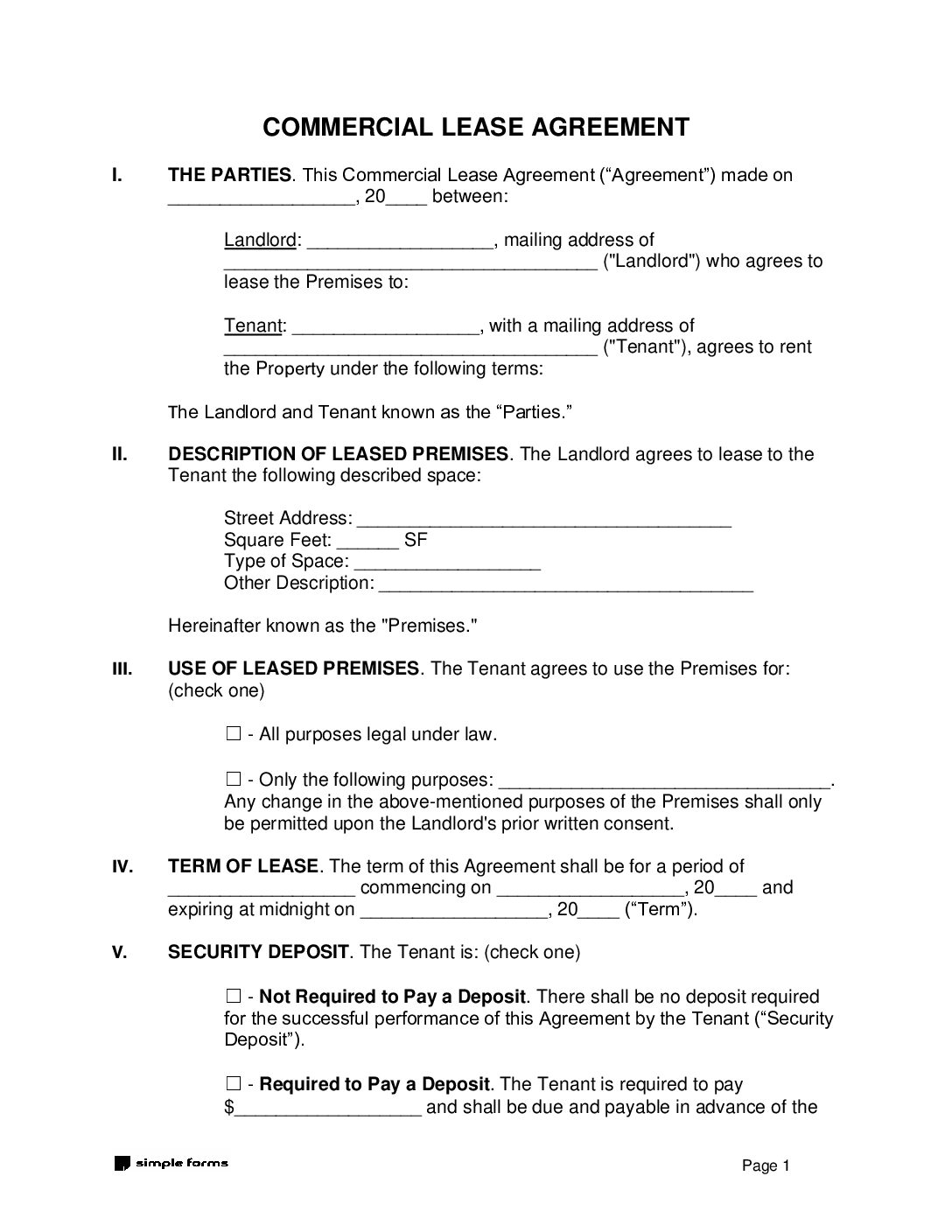

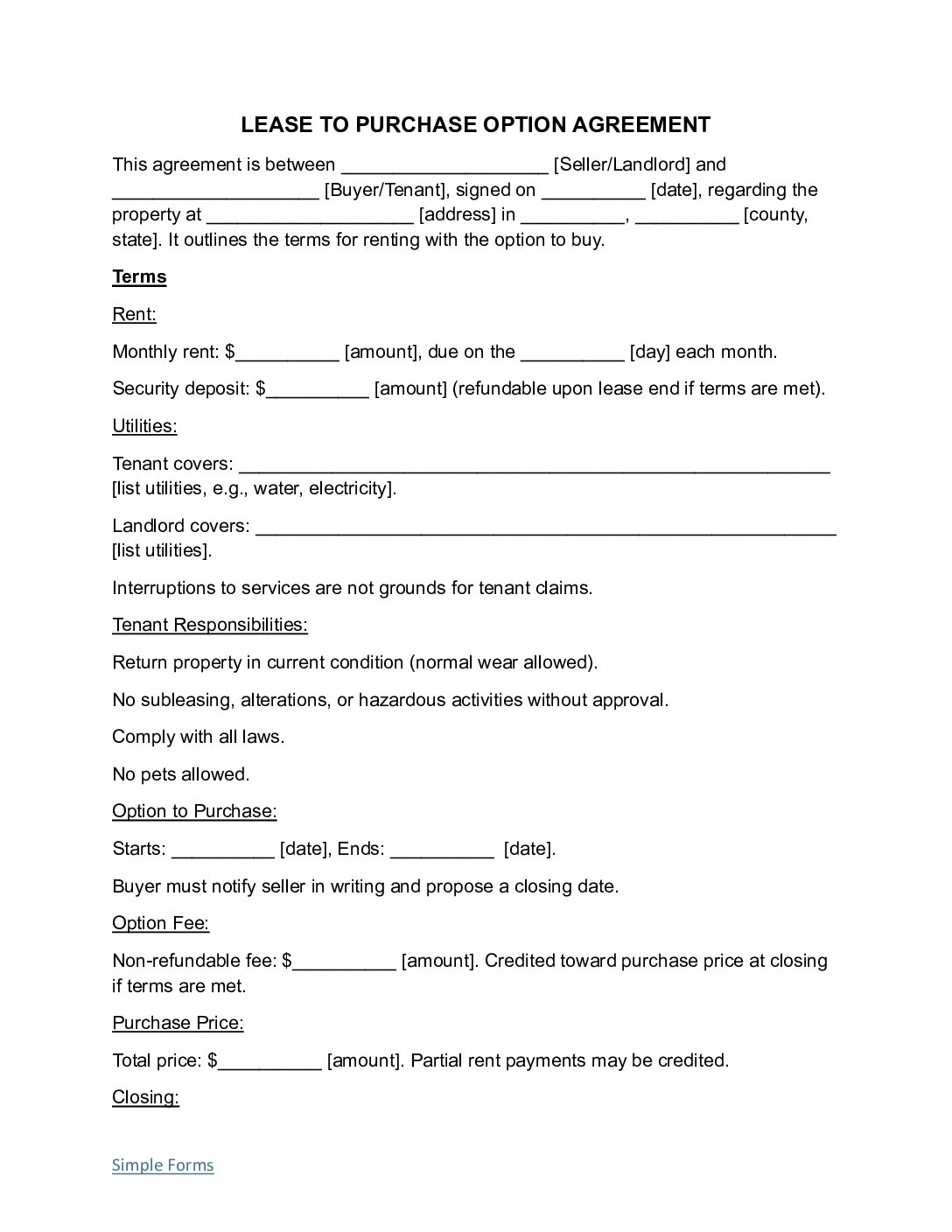
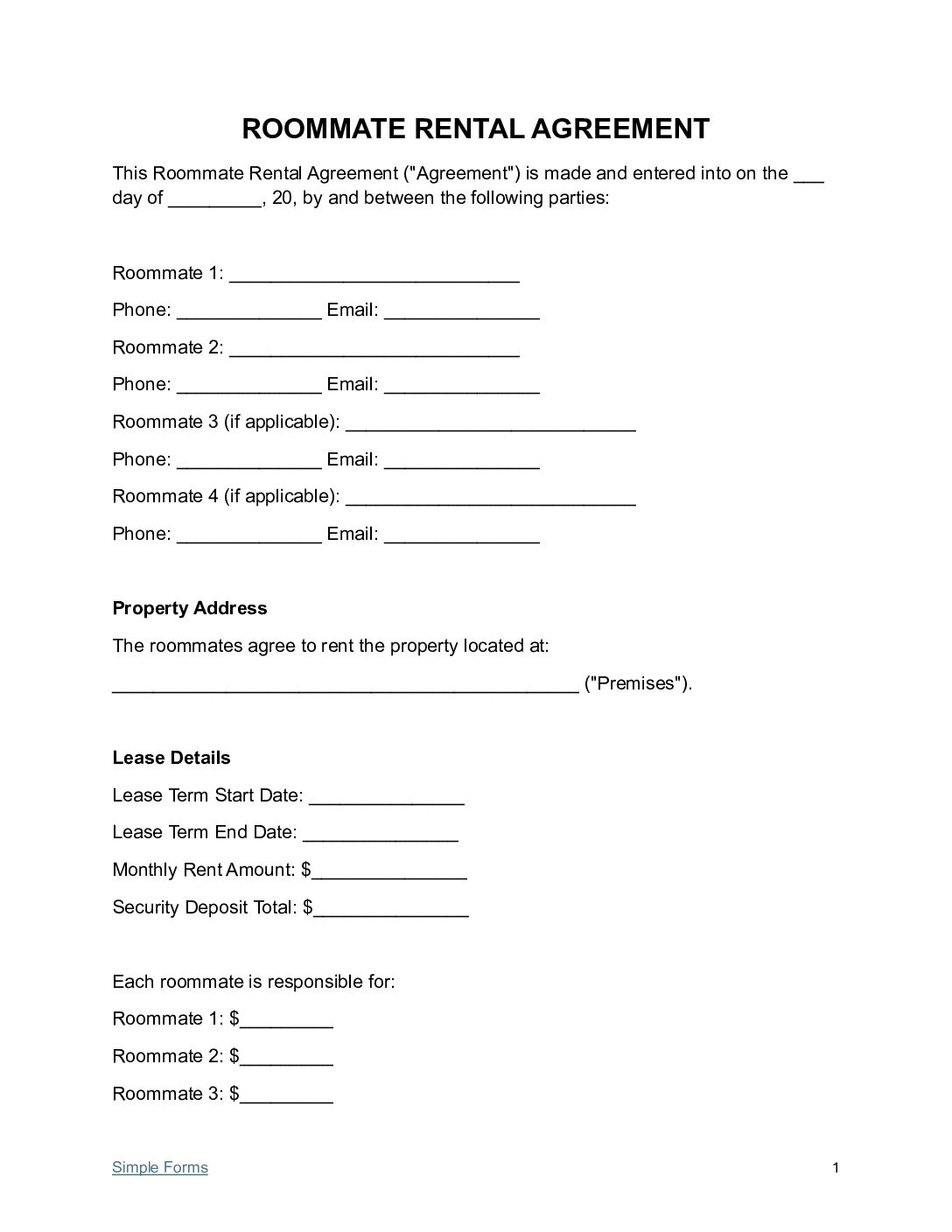
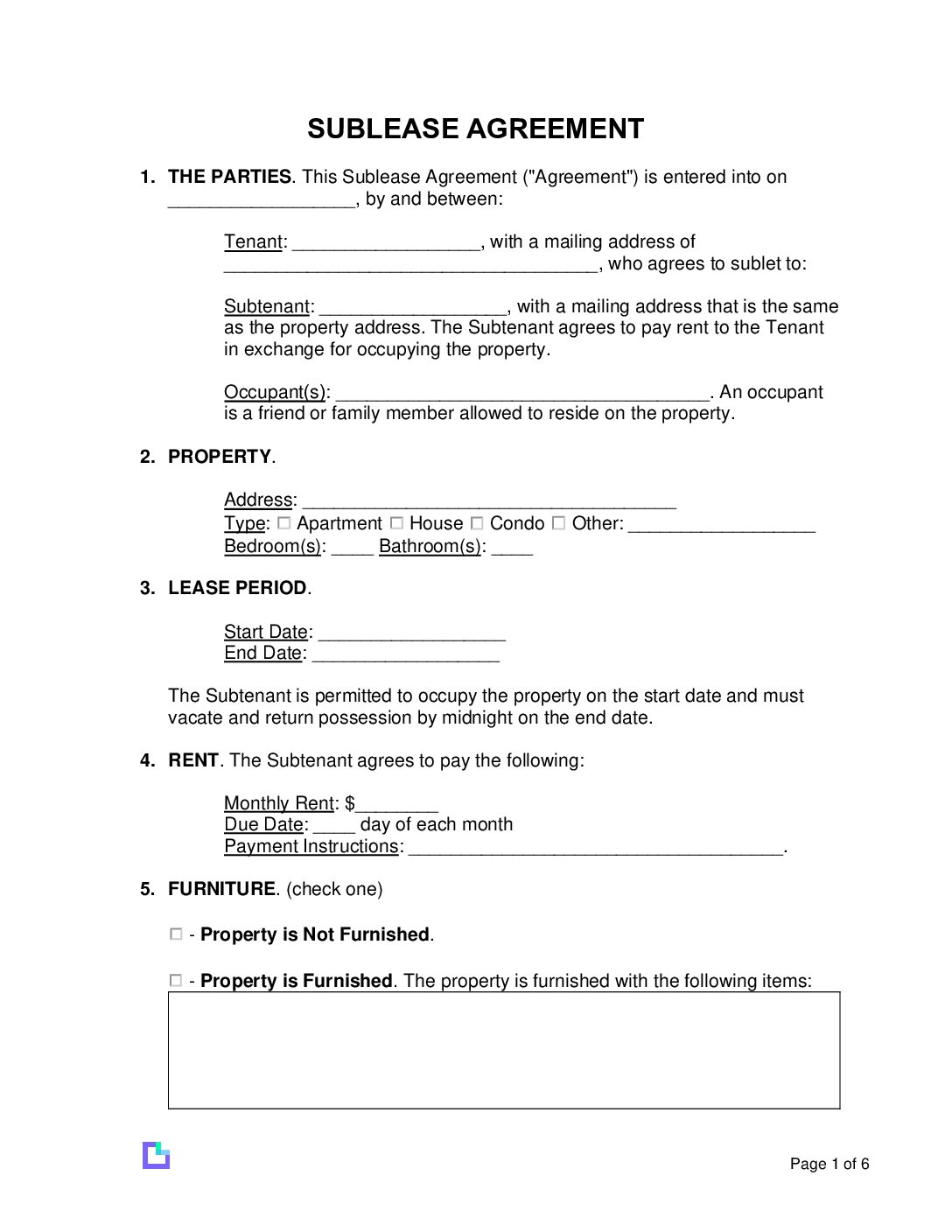
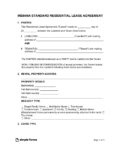
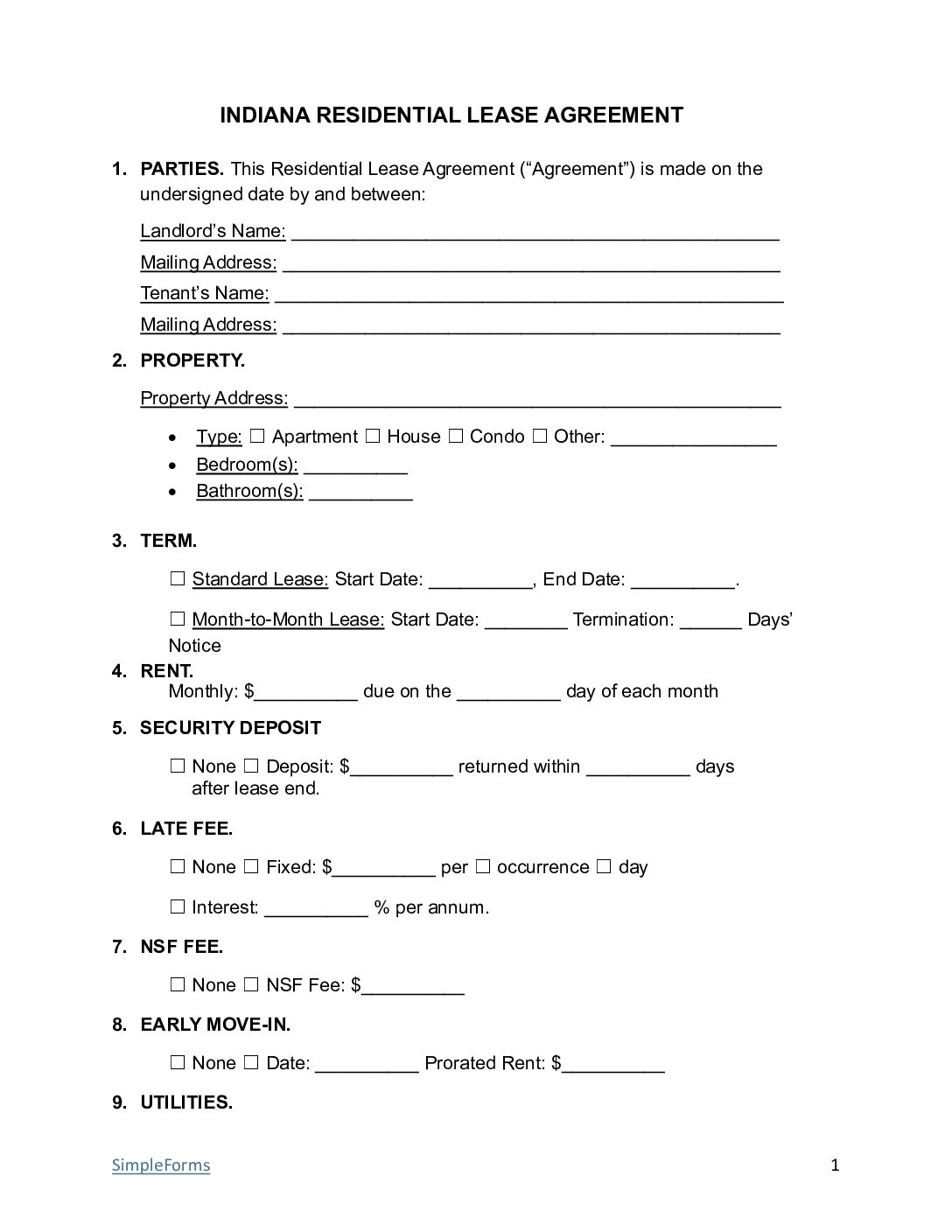
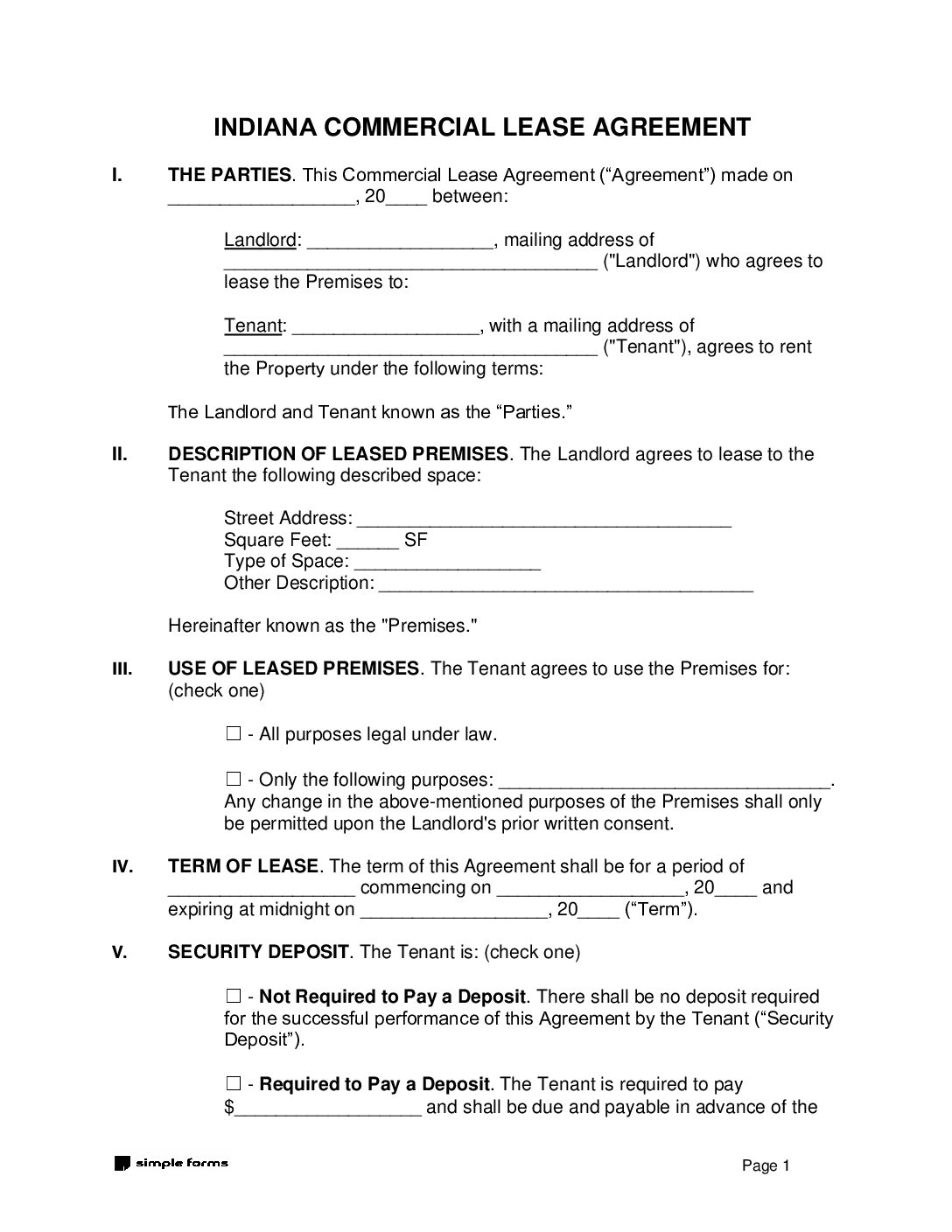
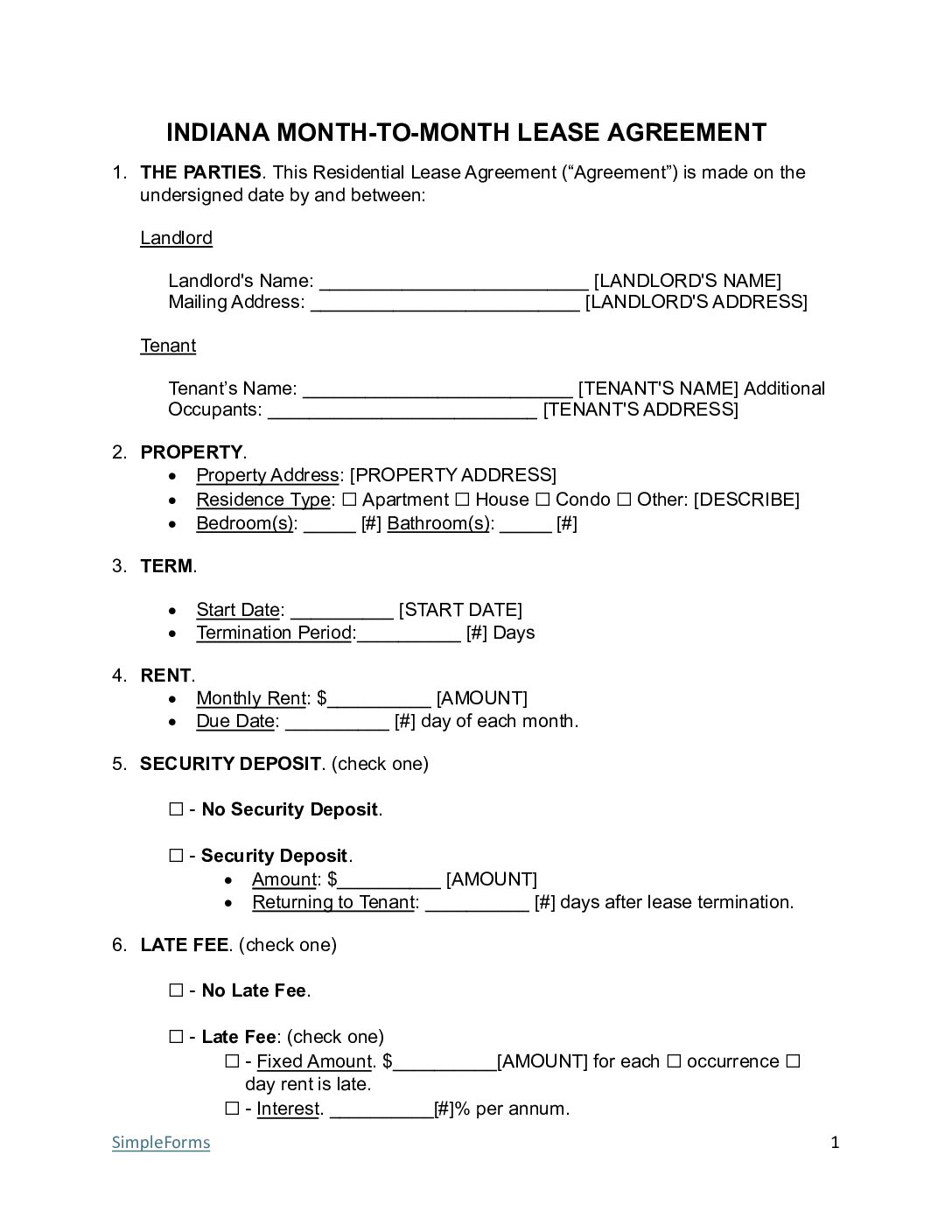
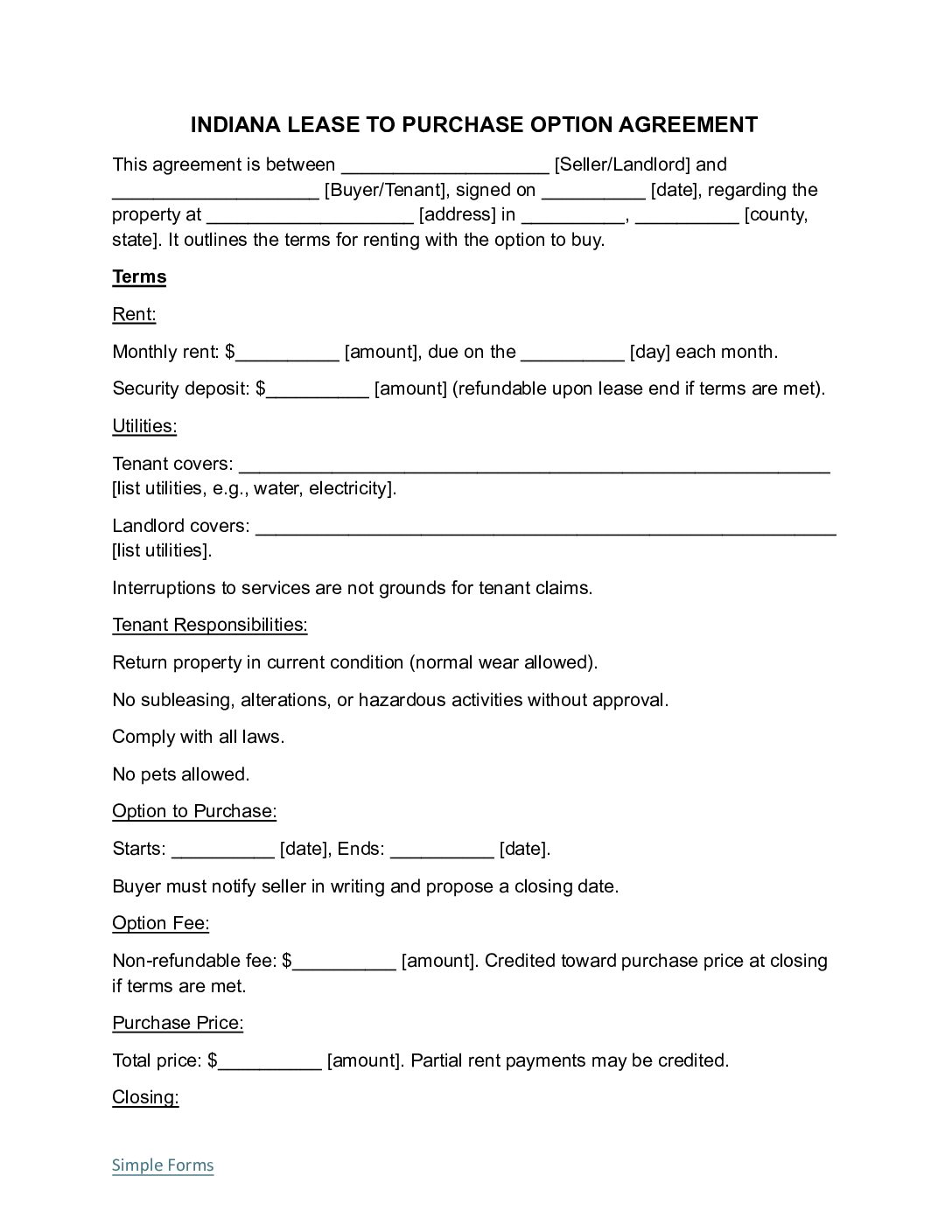
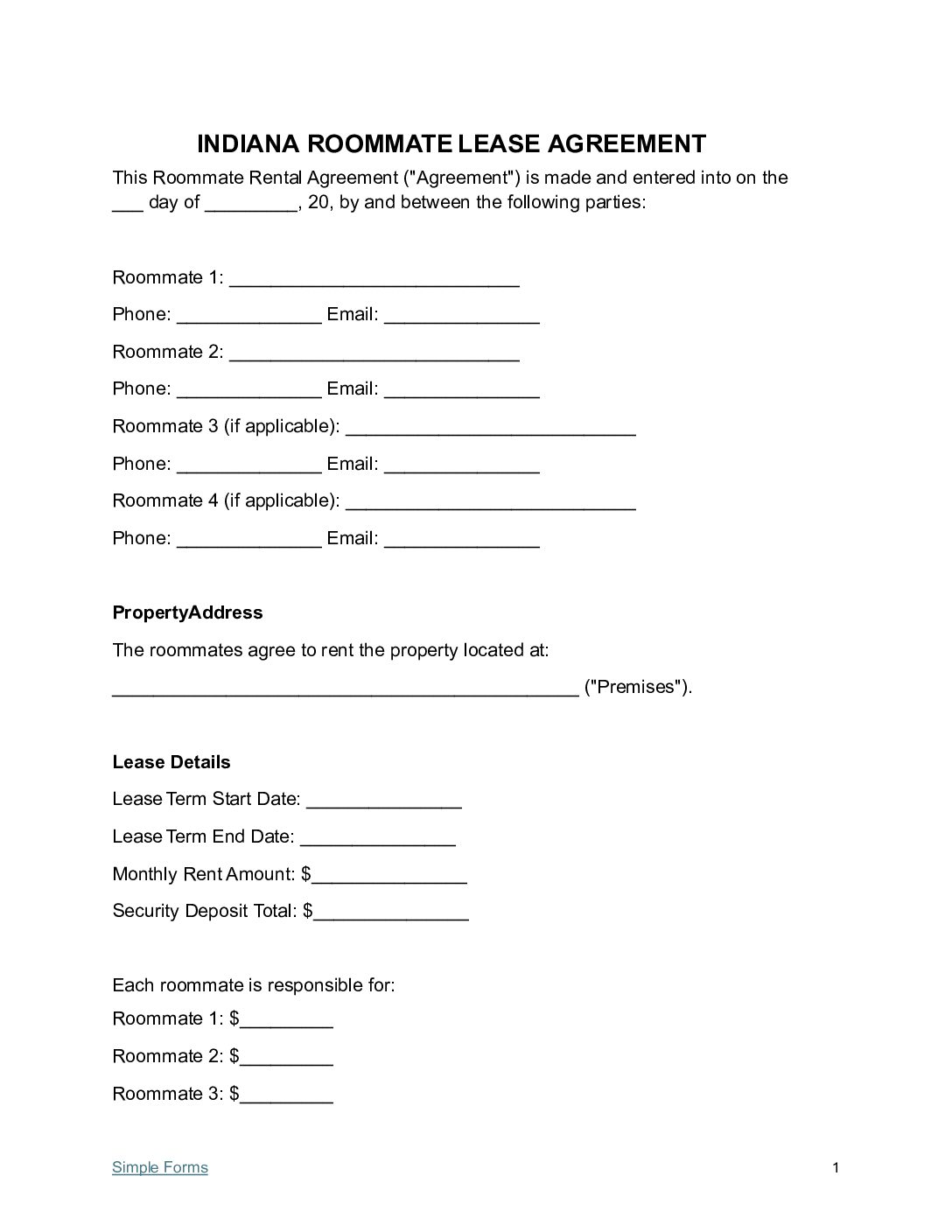
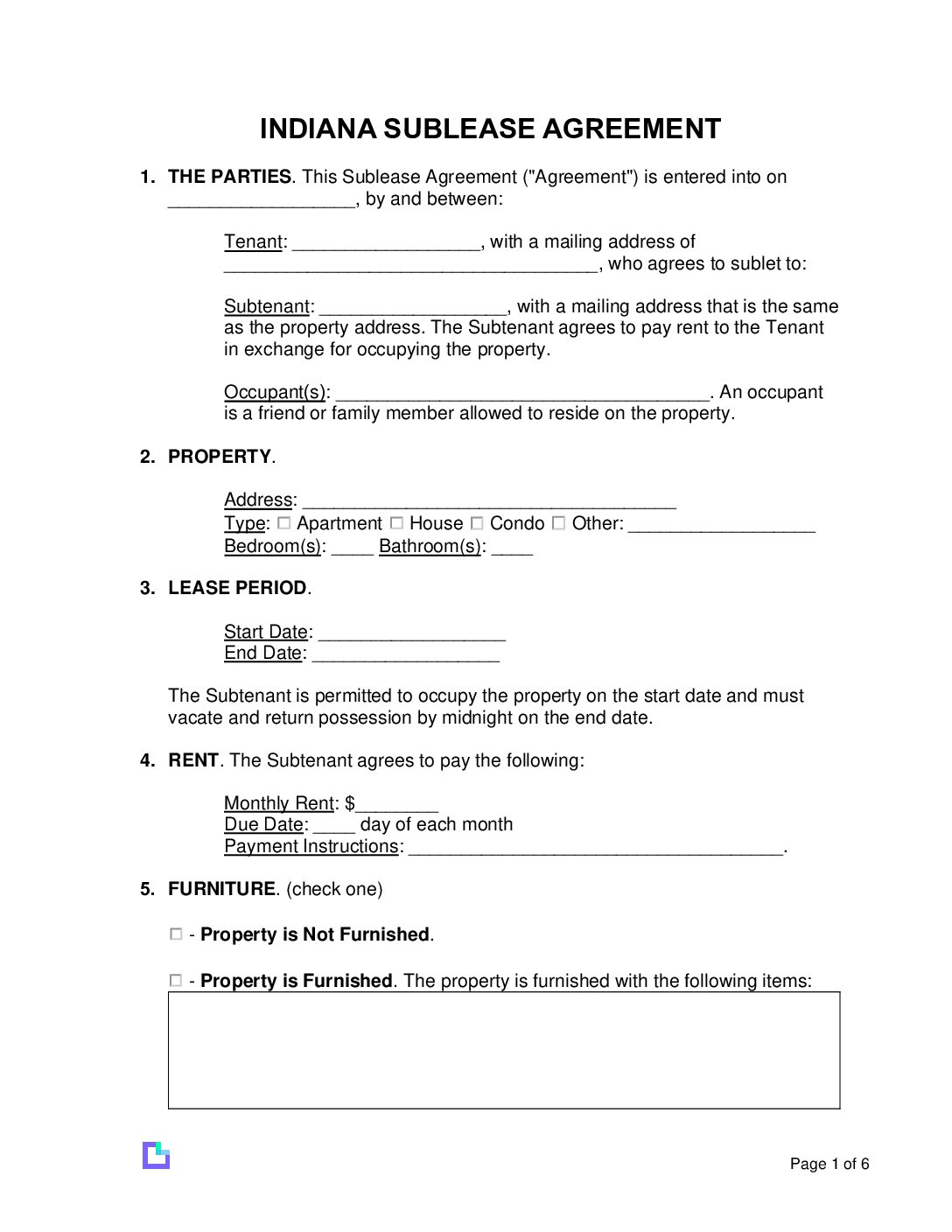
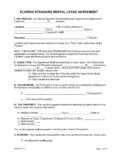
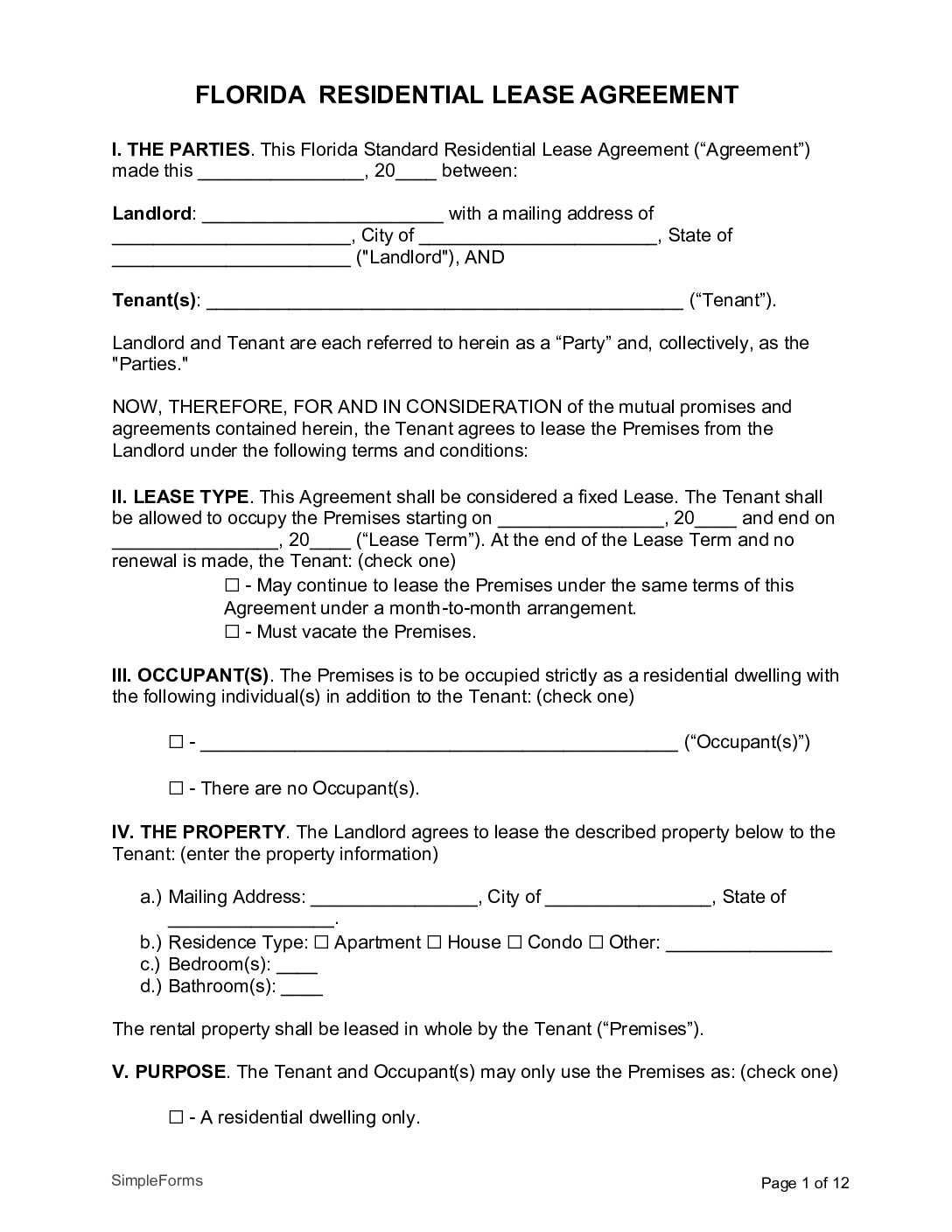
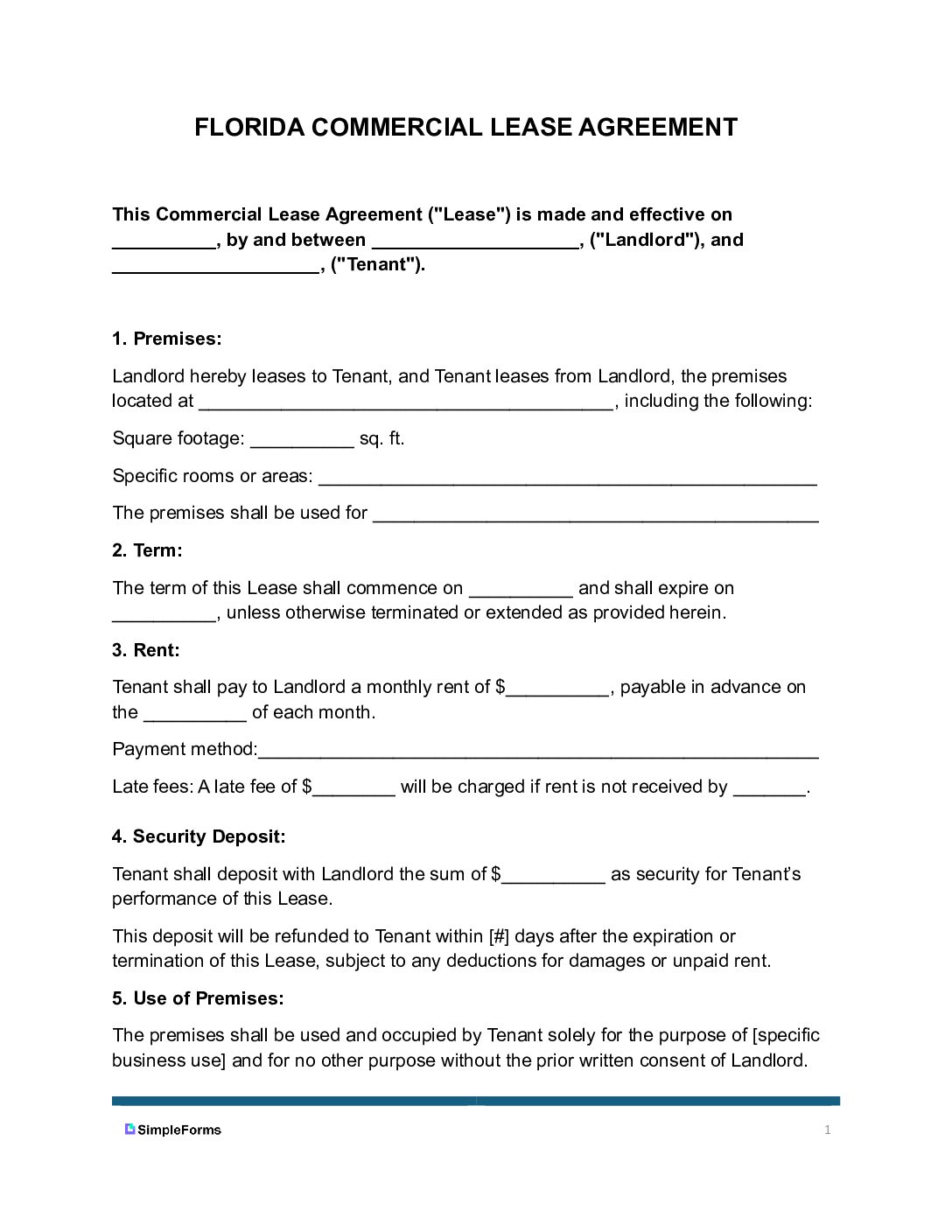
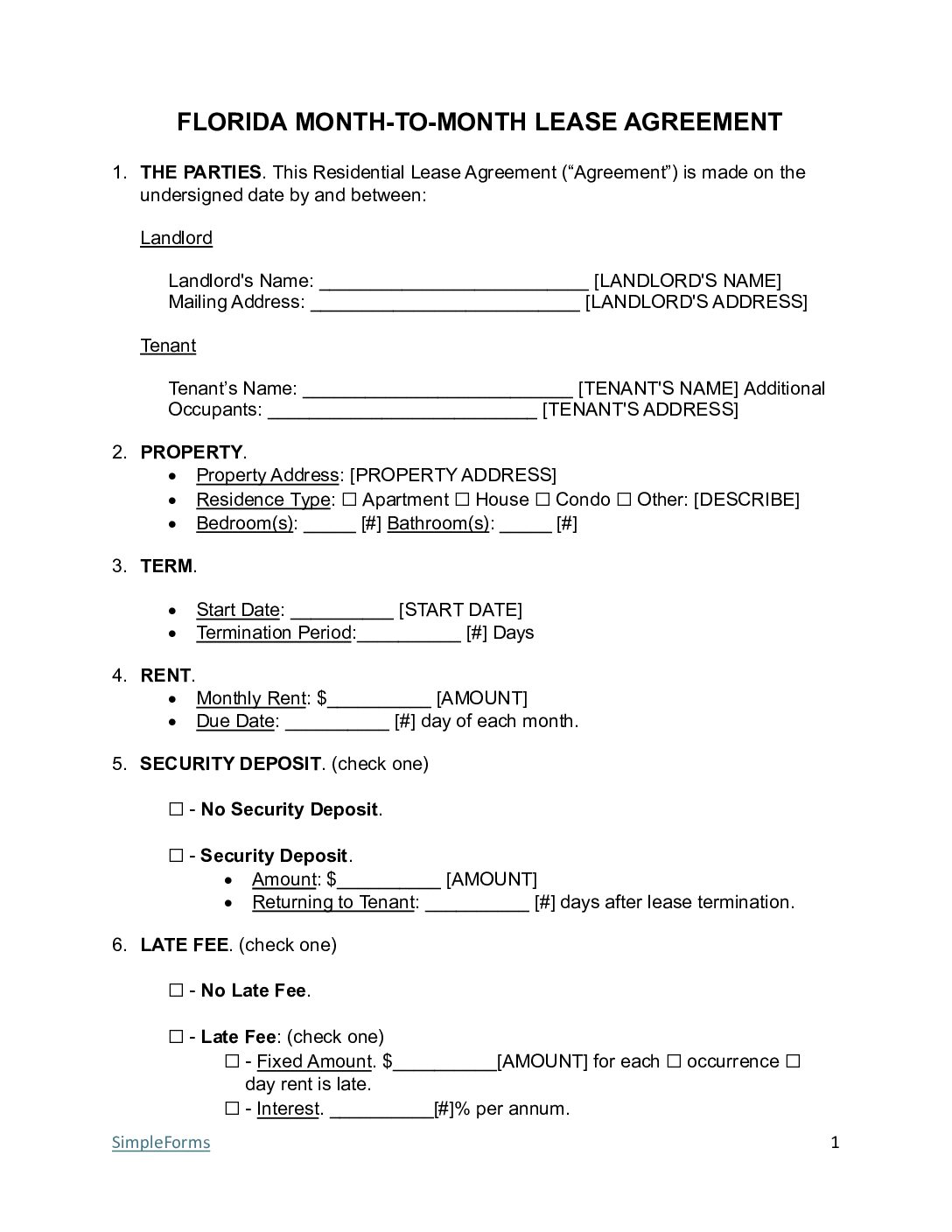
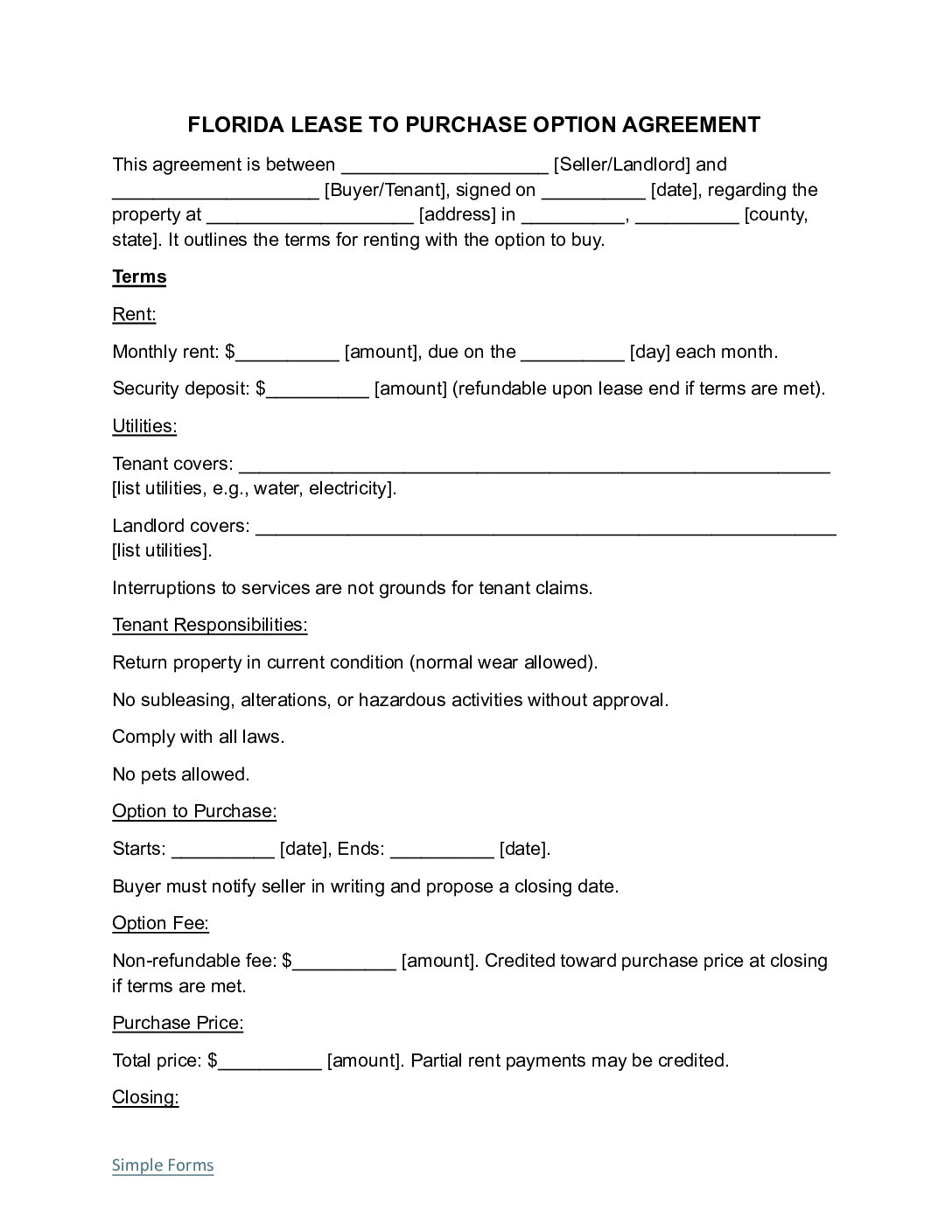
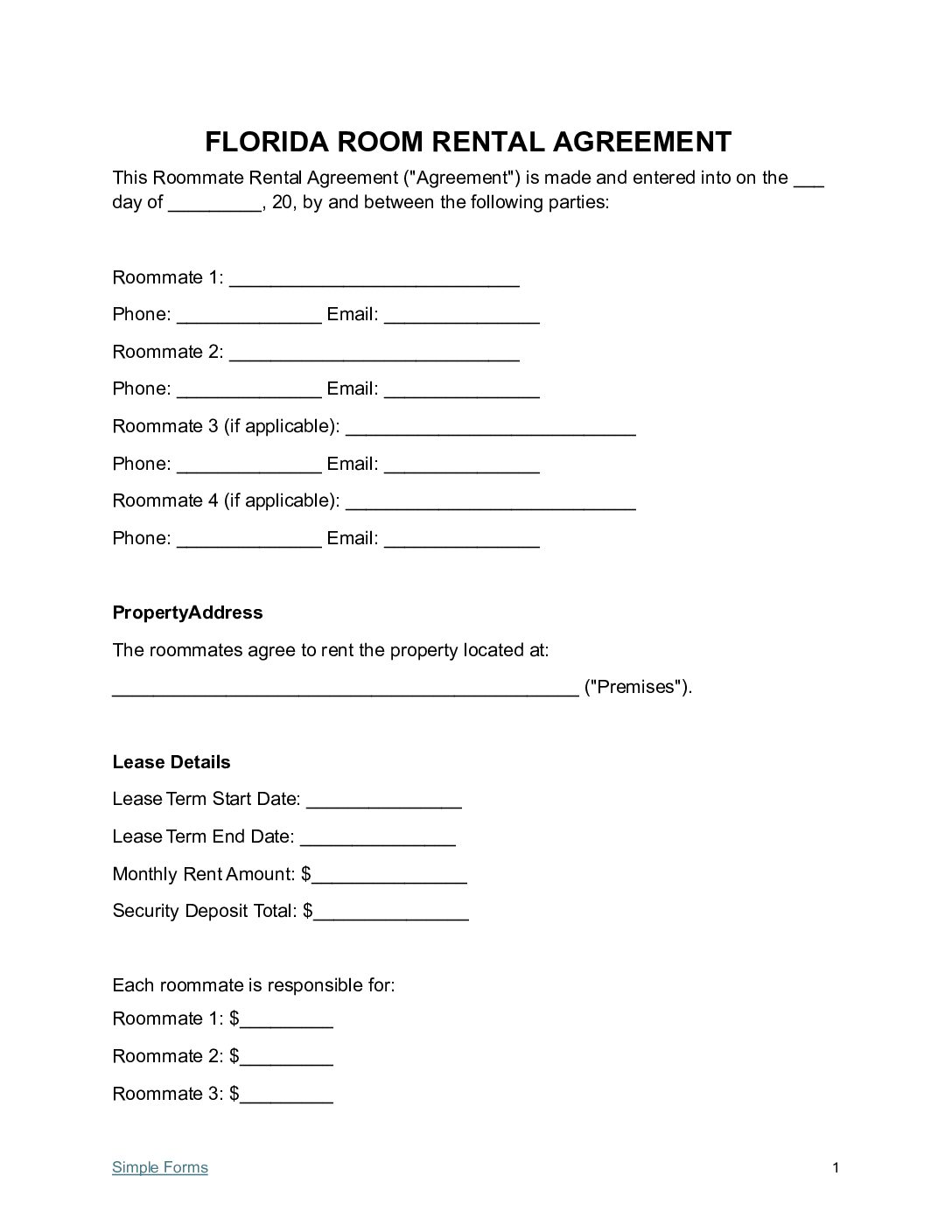
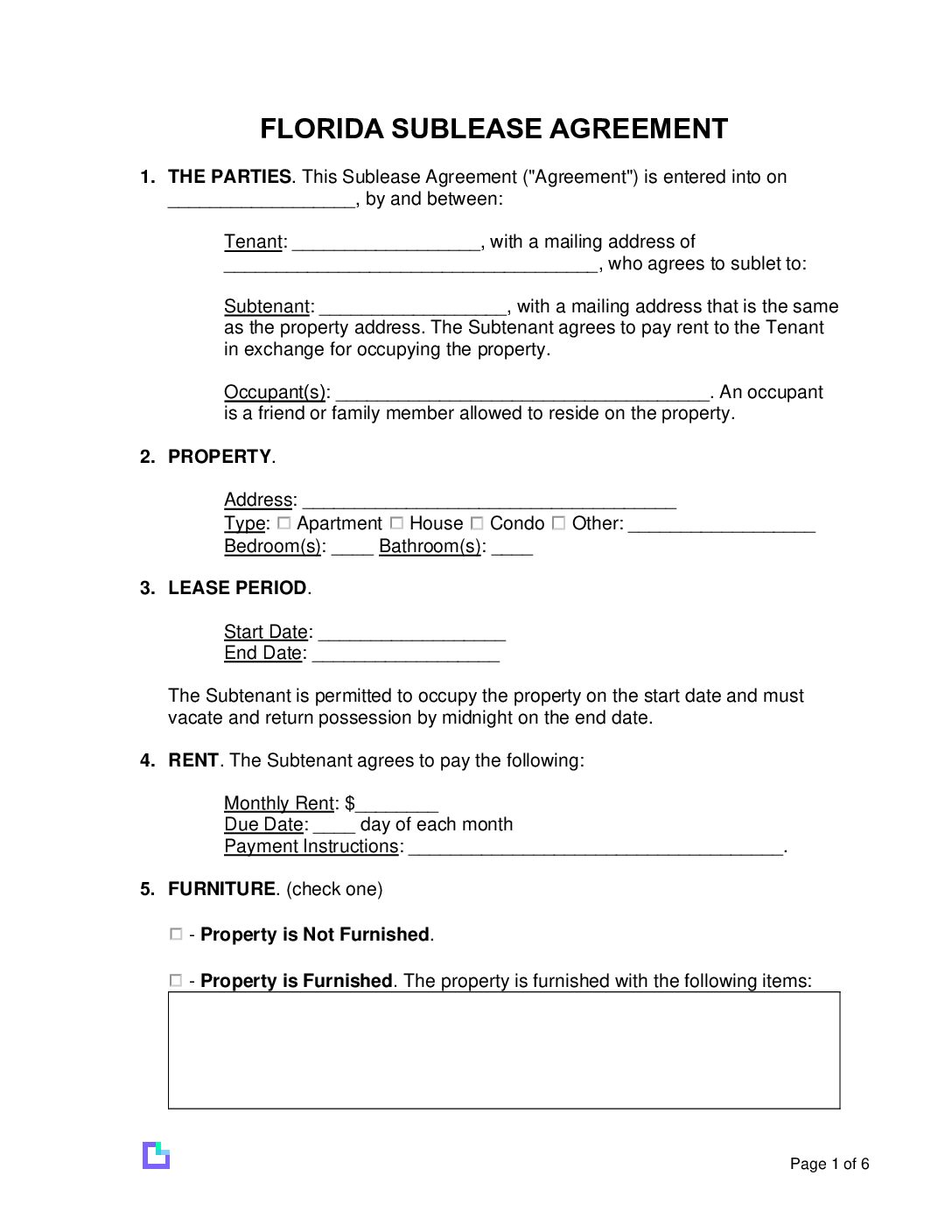
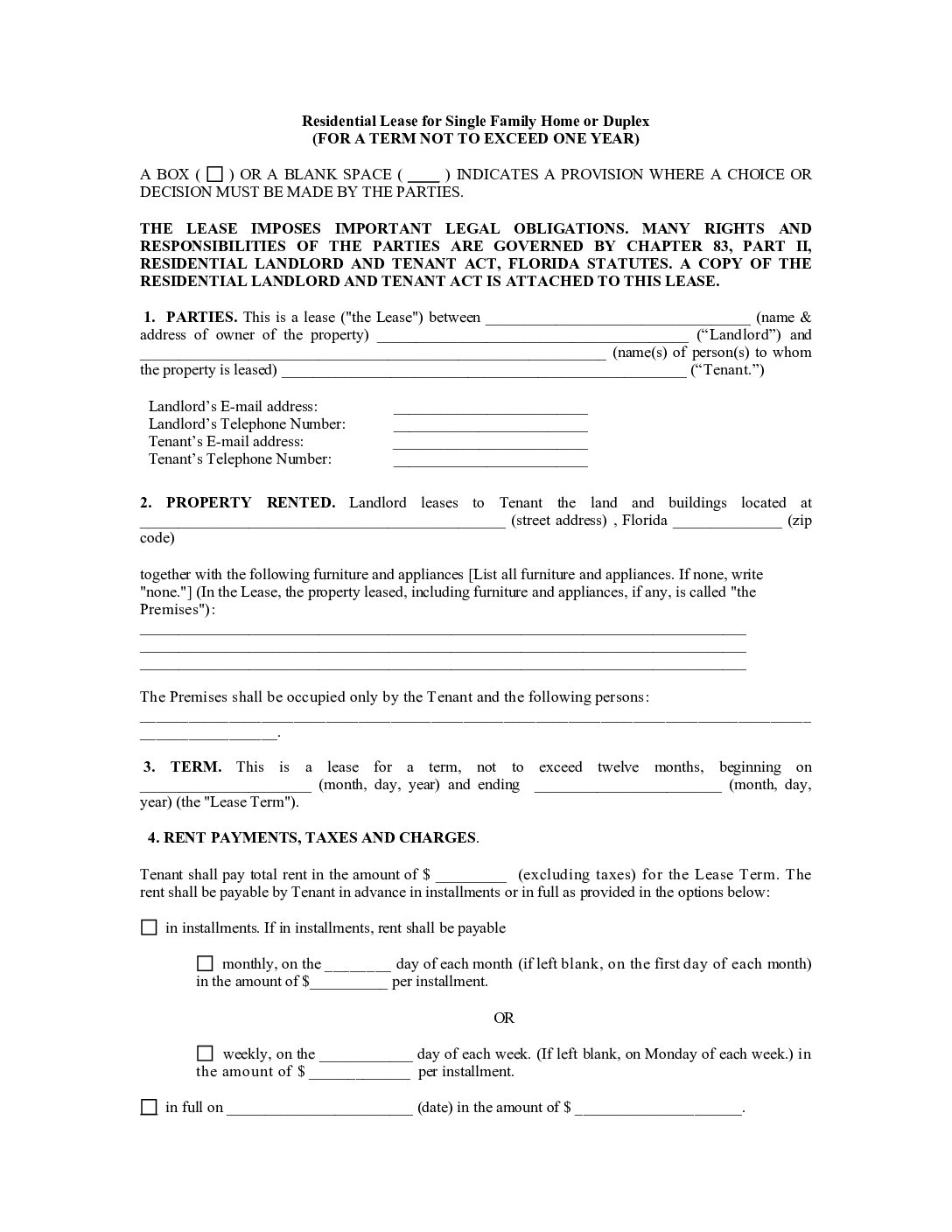

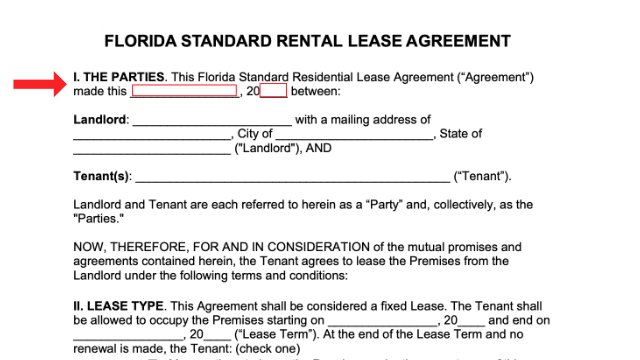 \
\